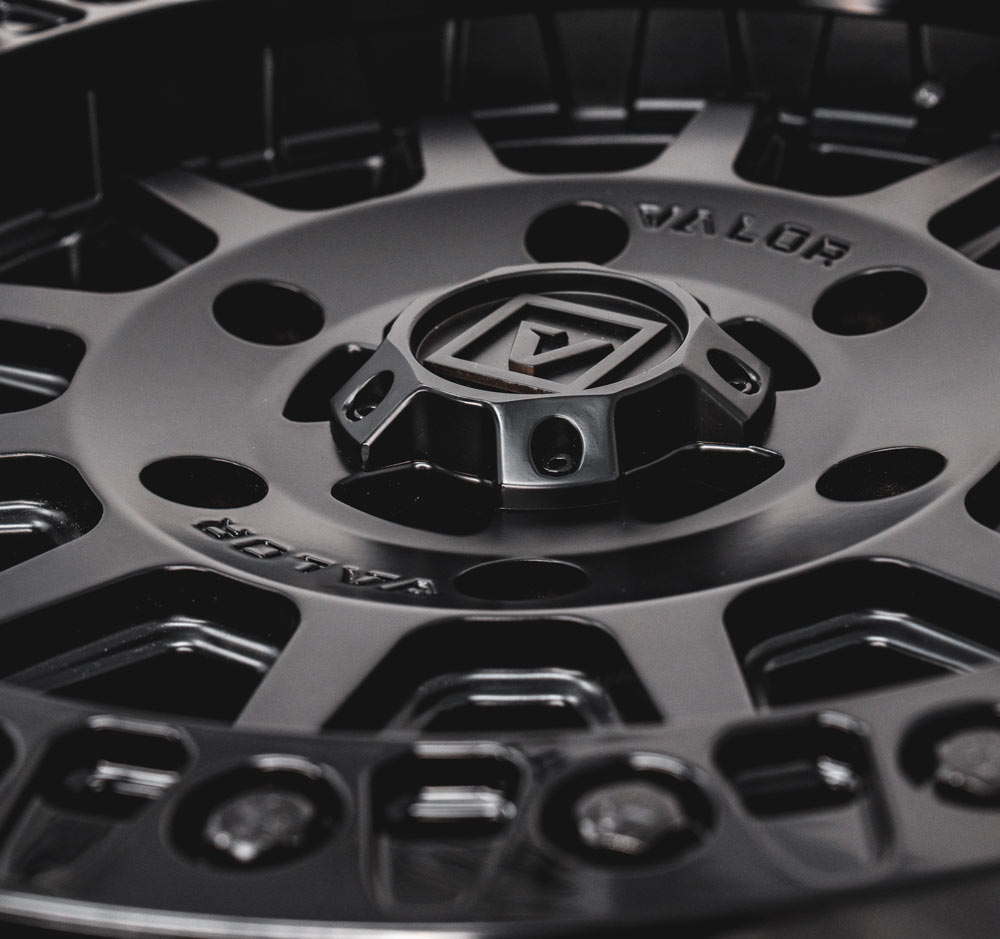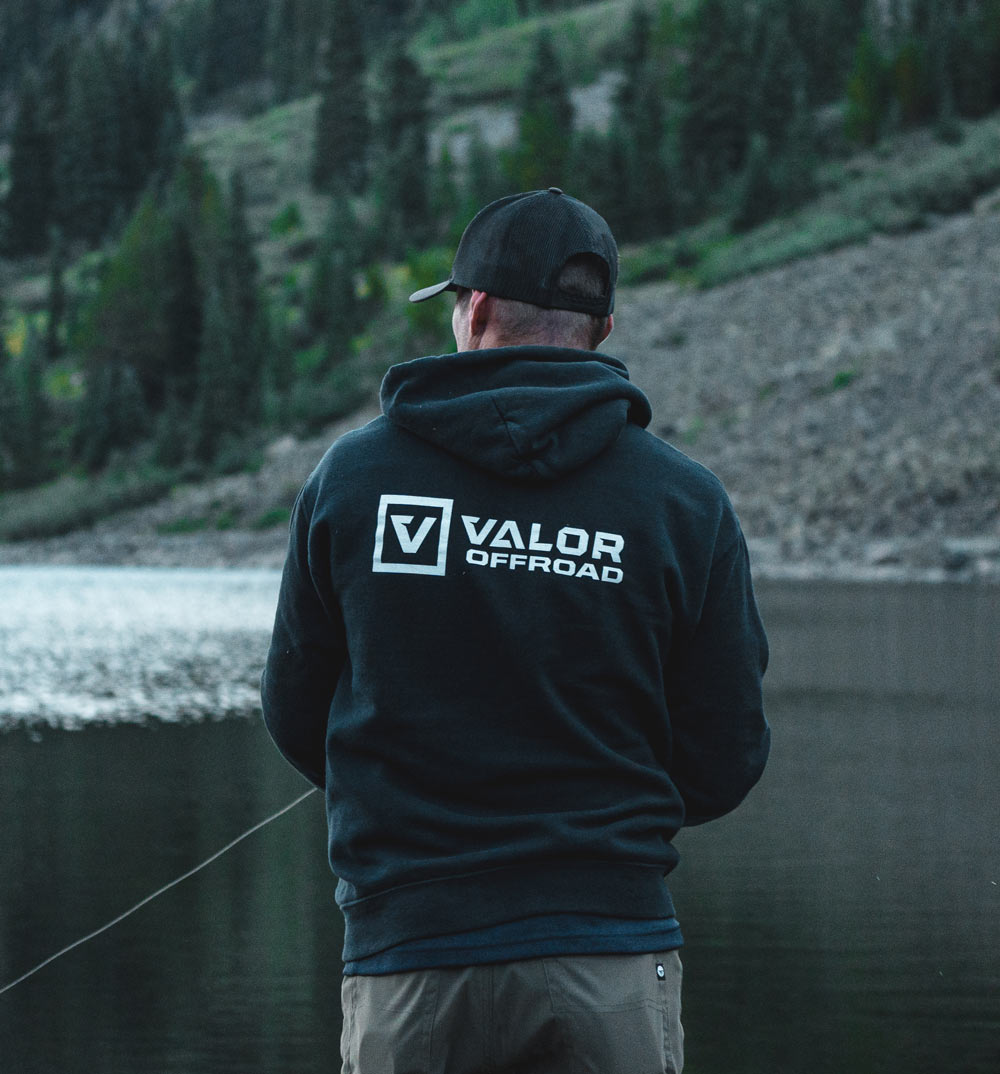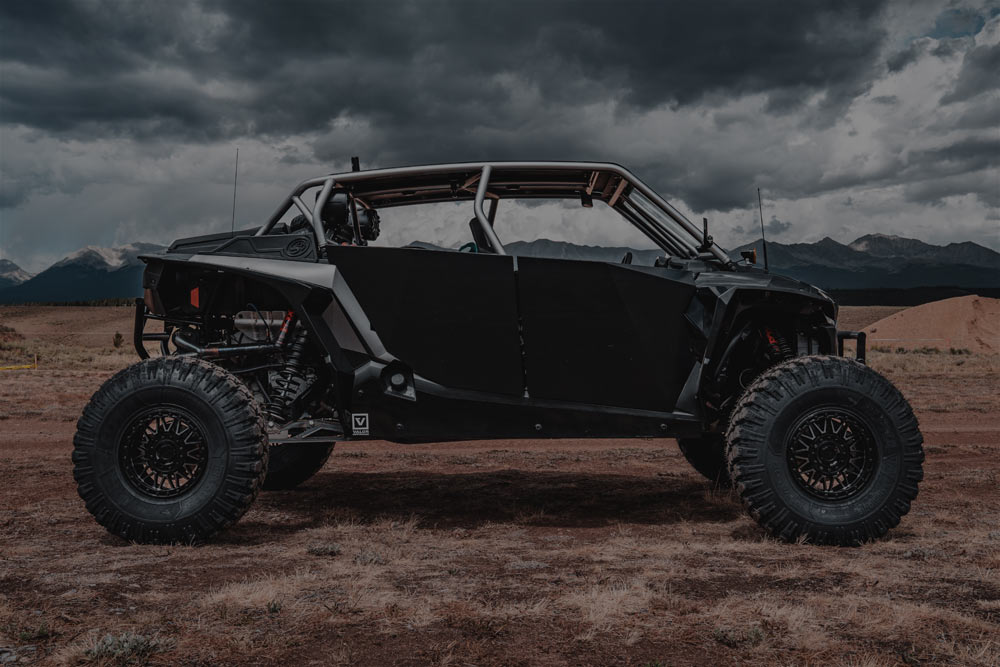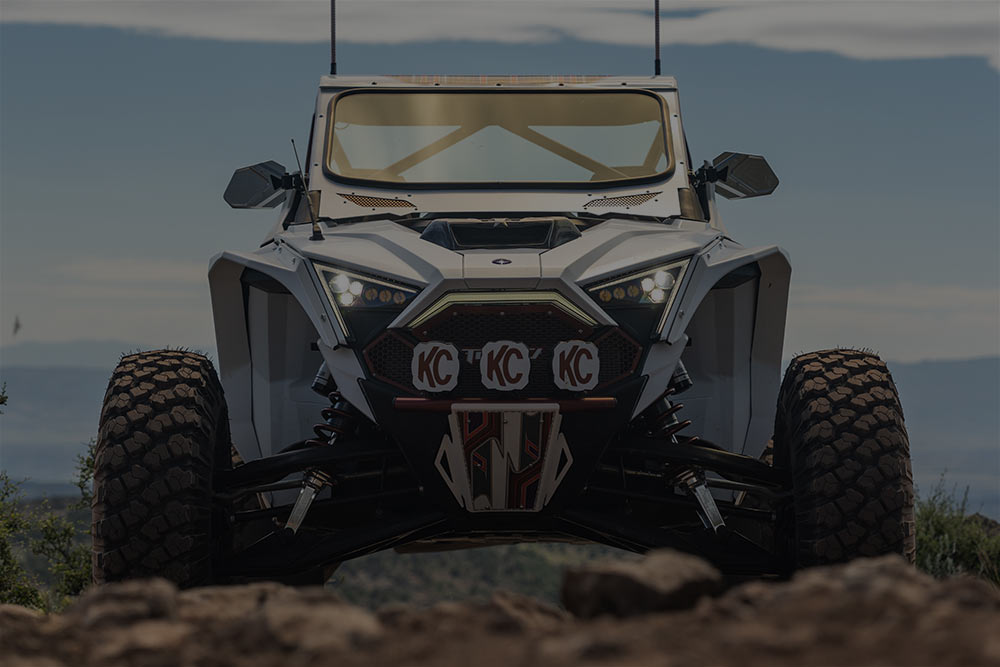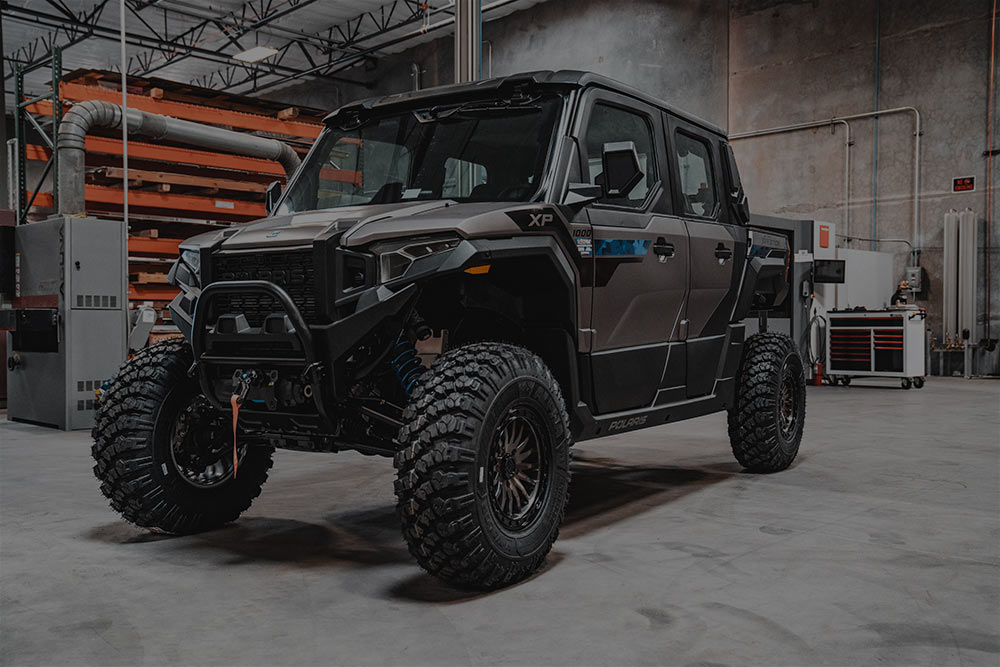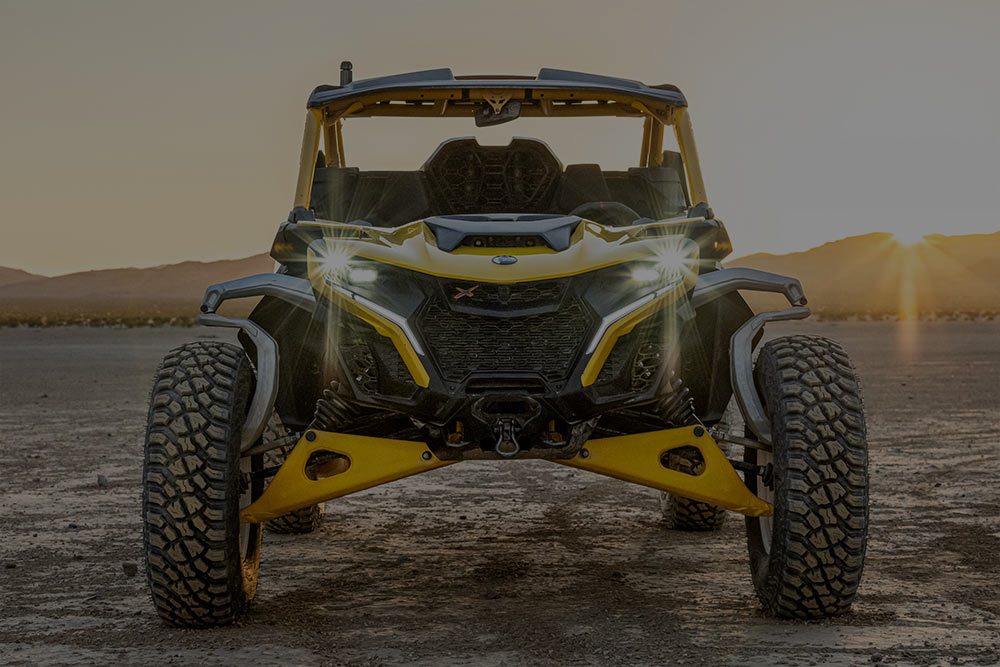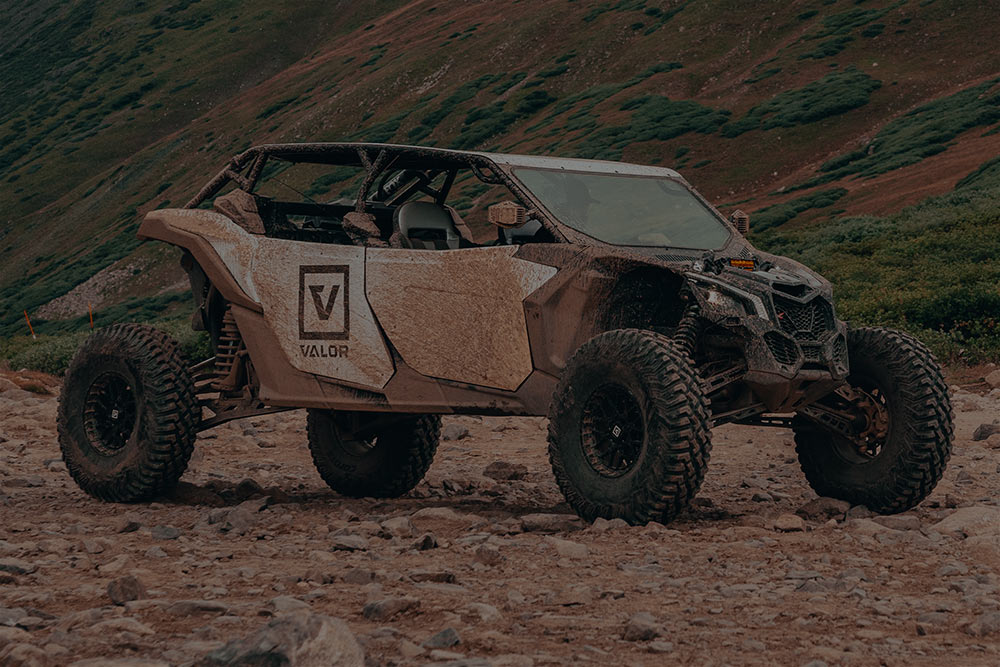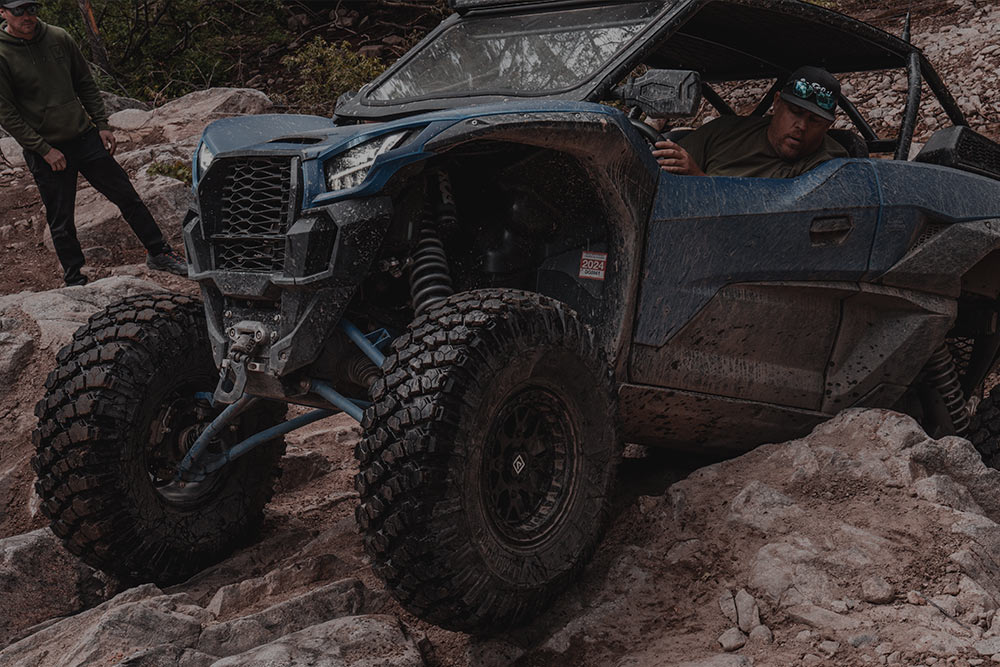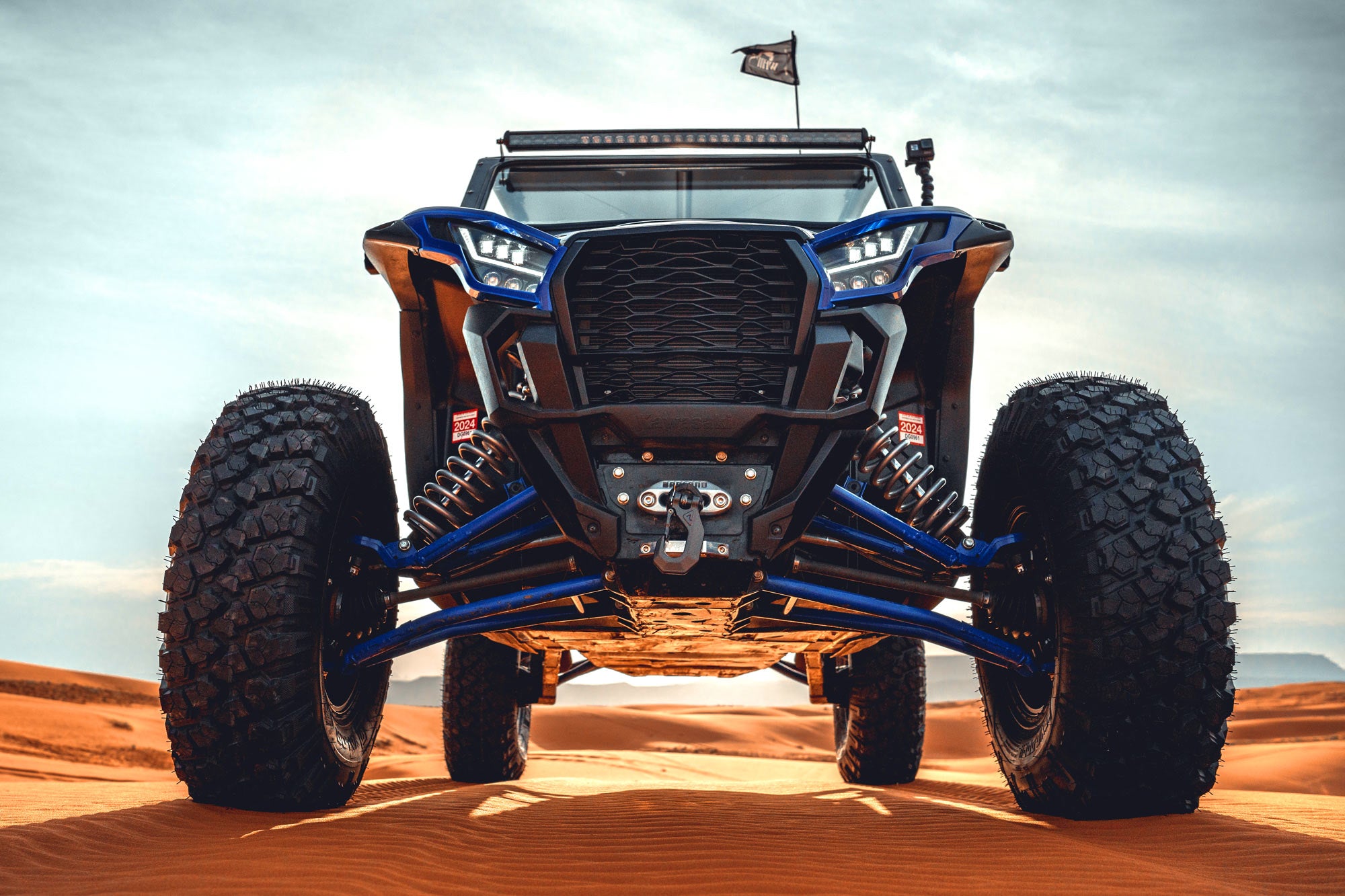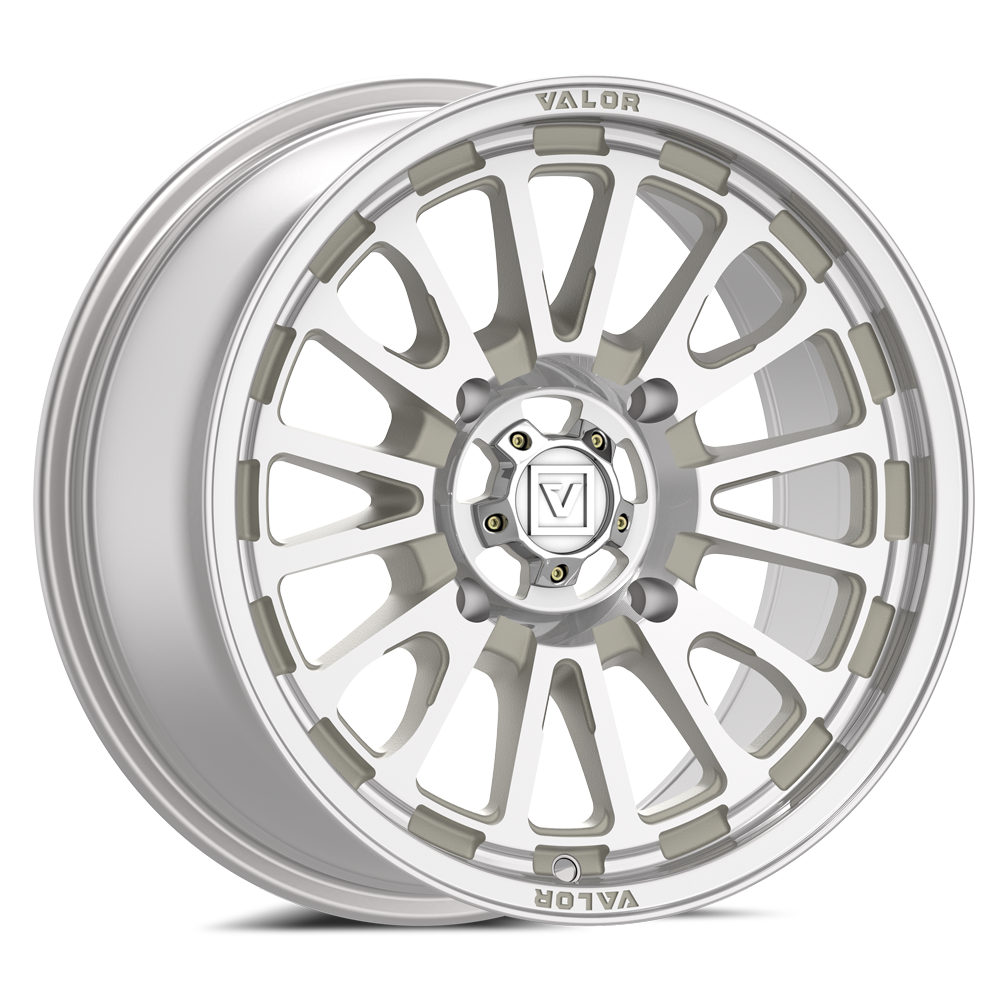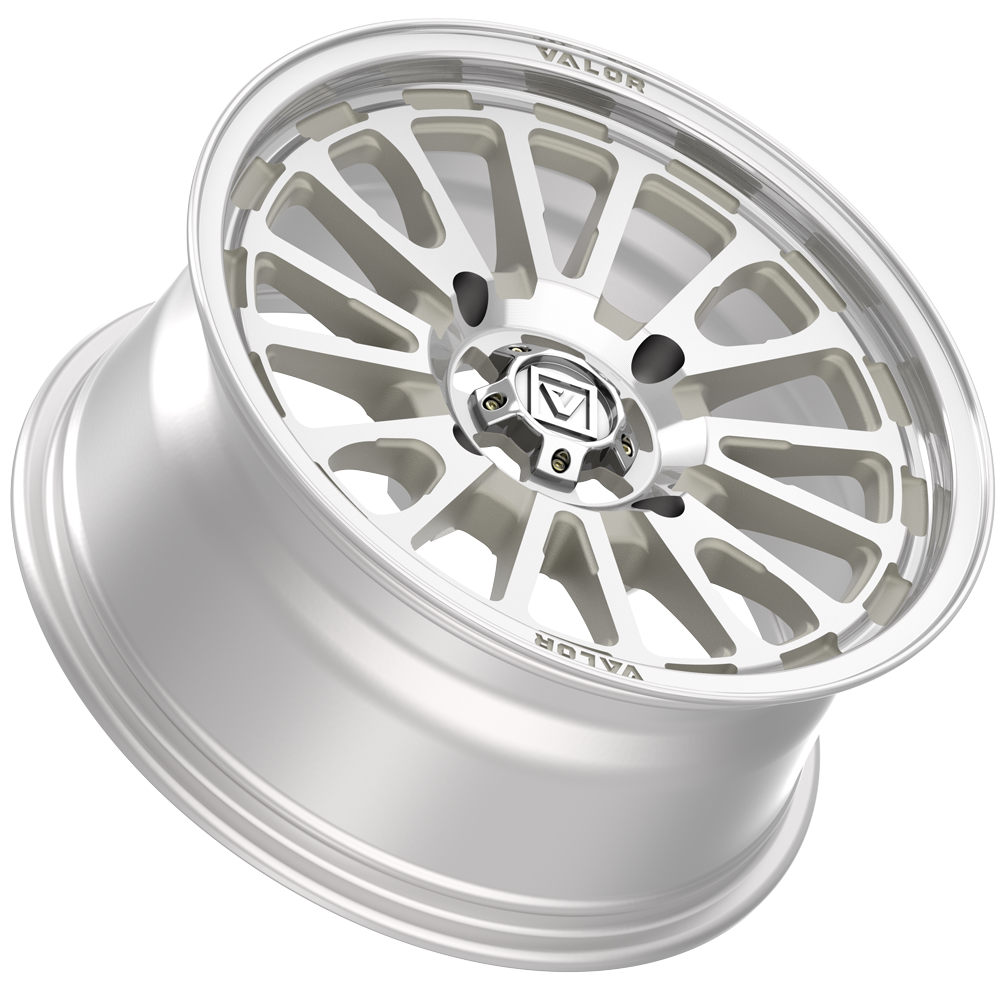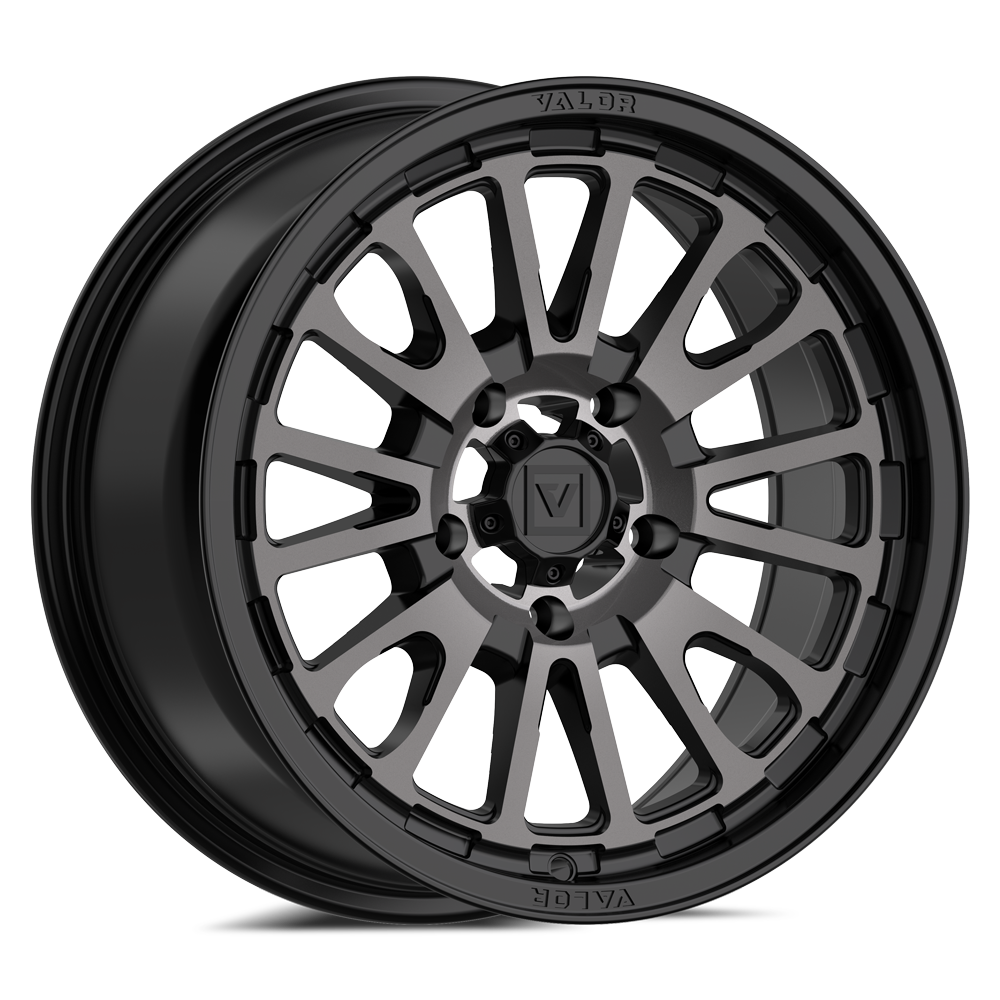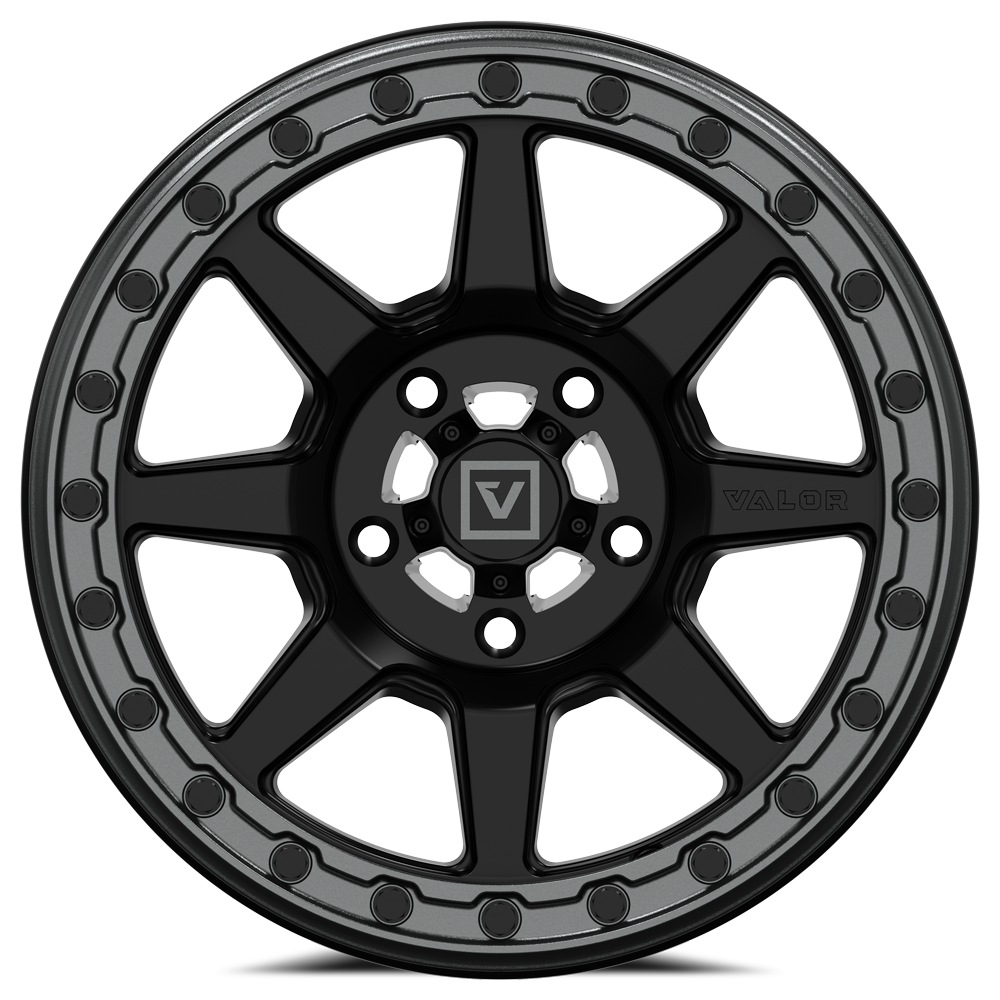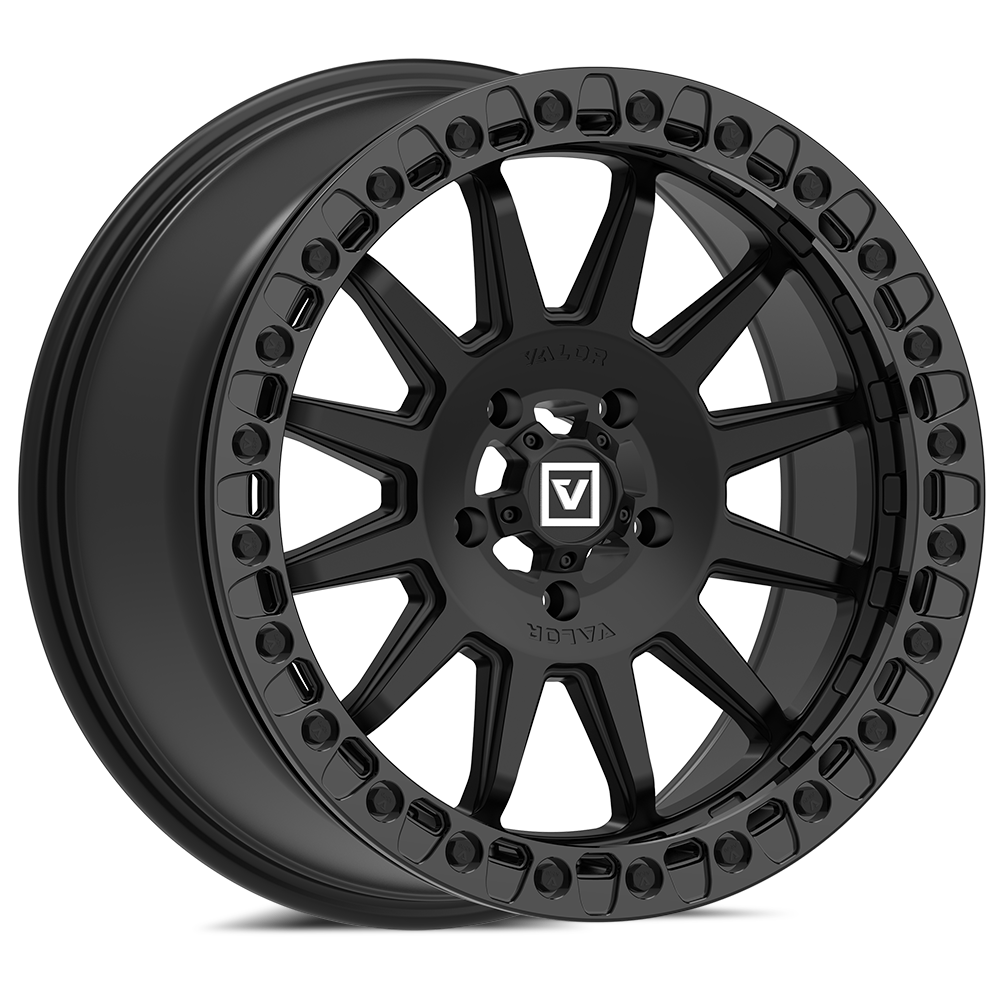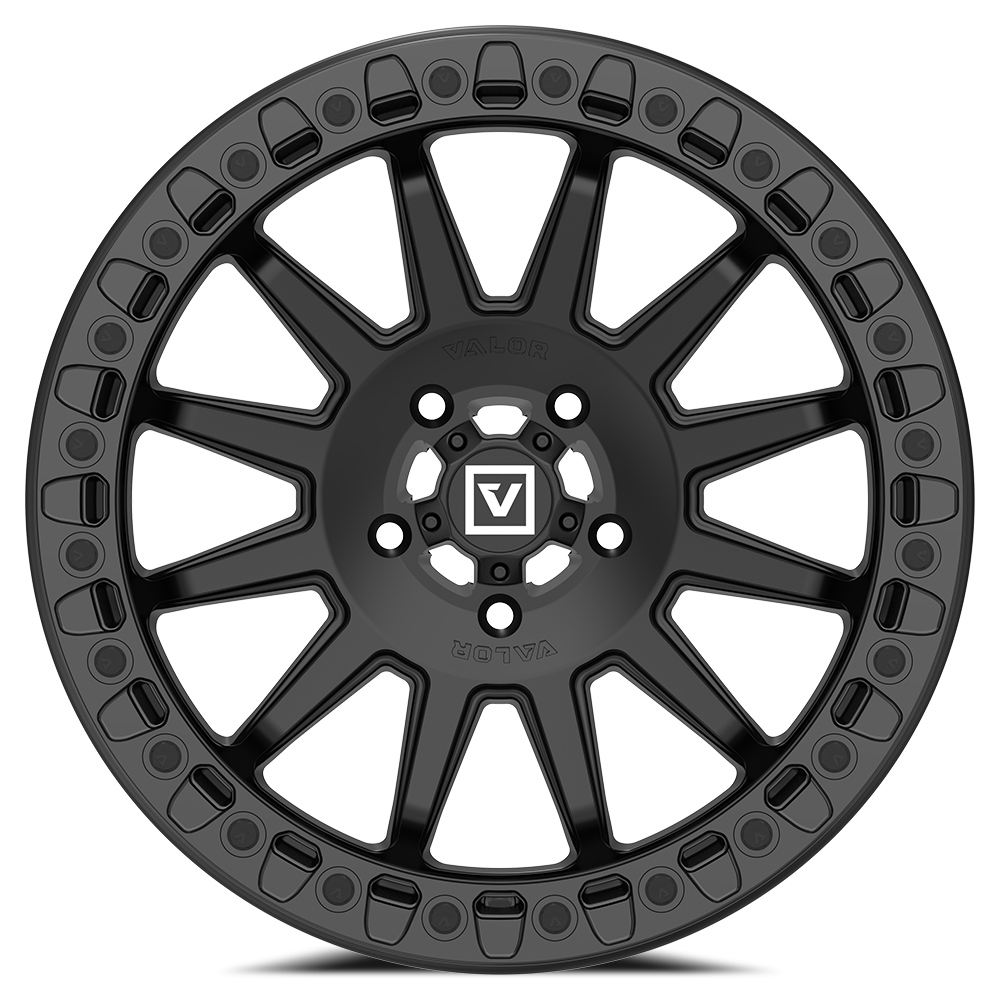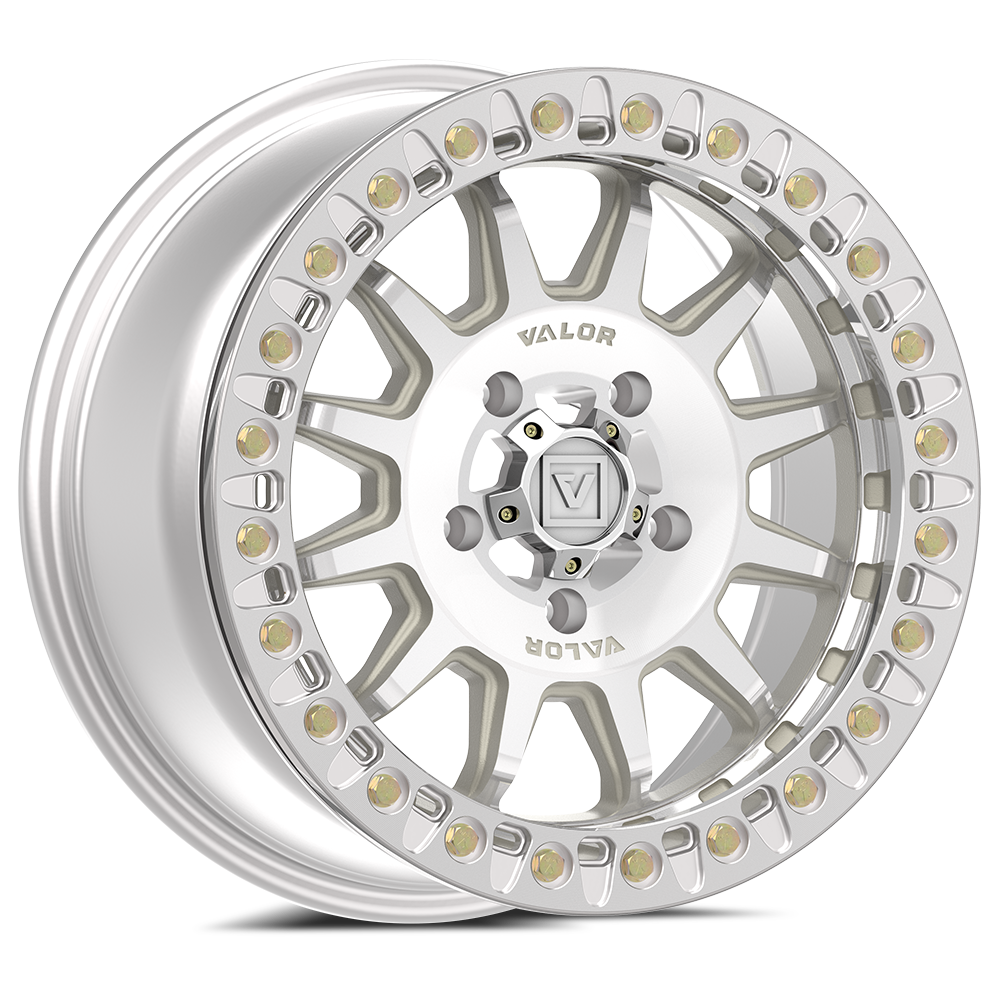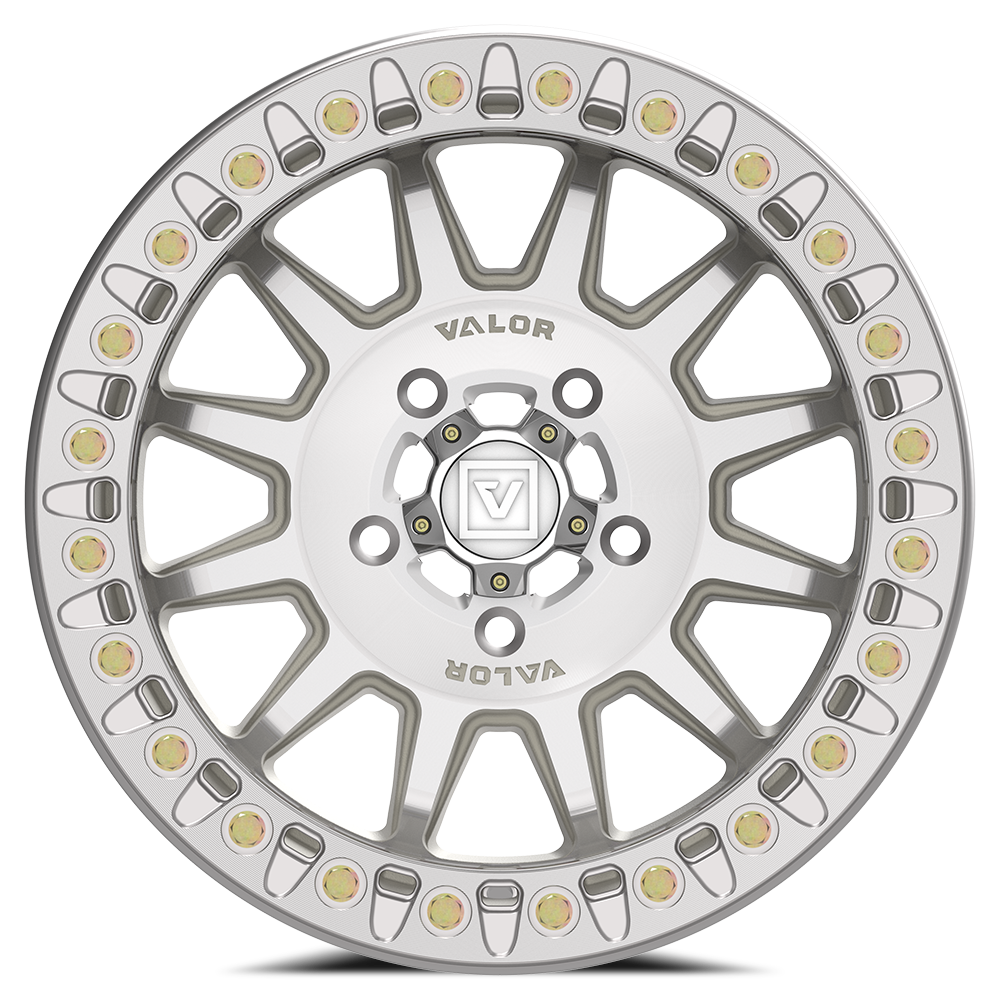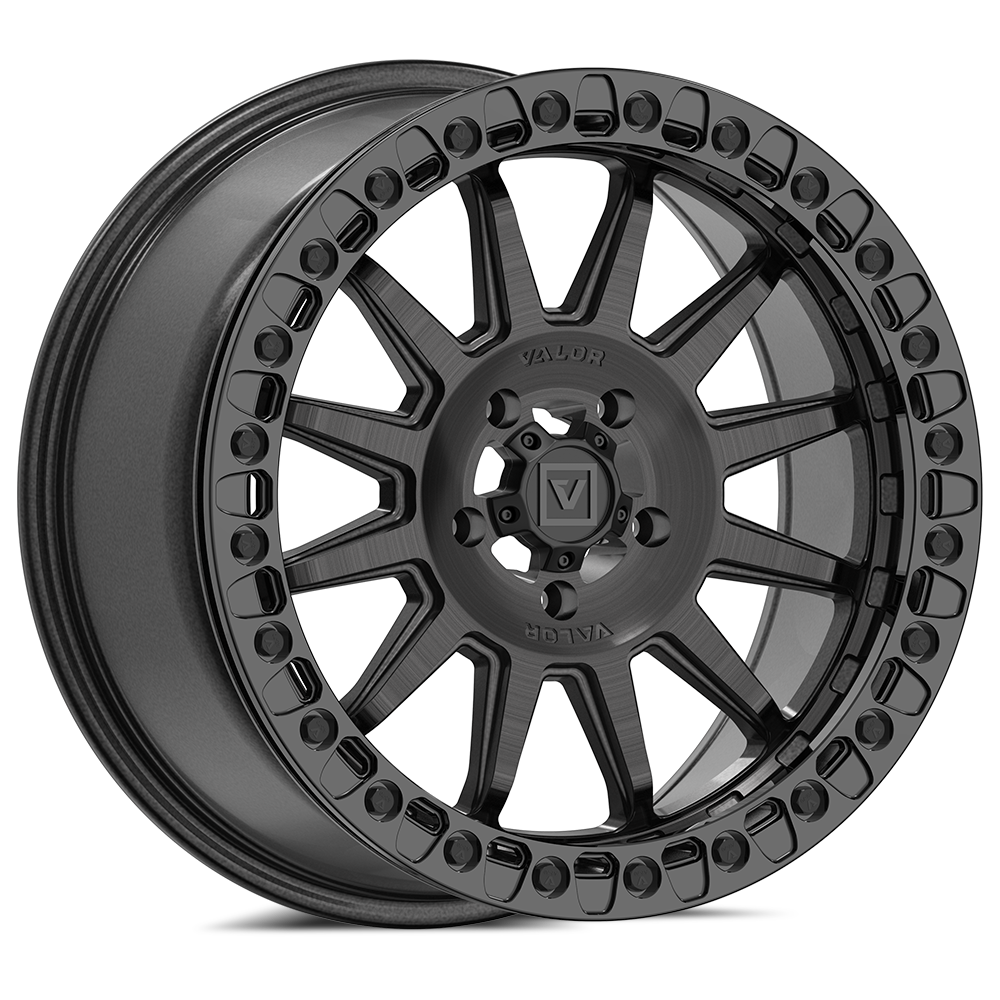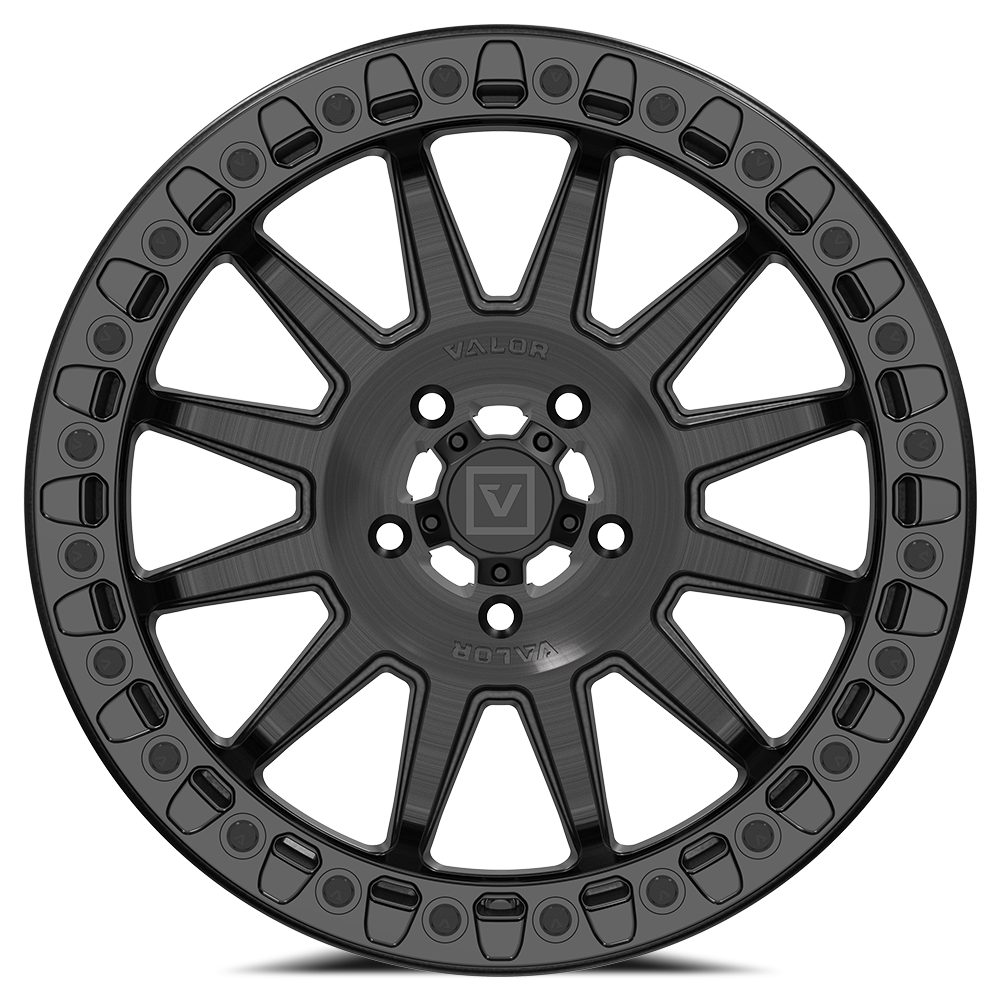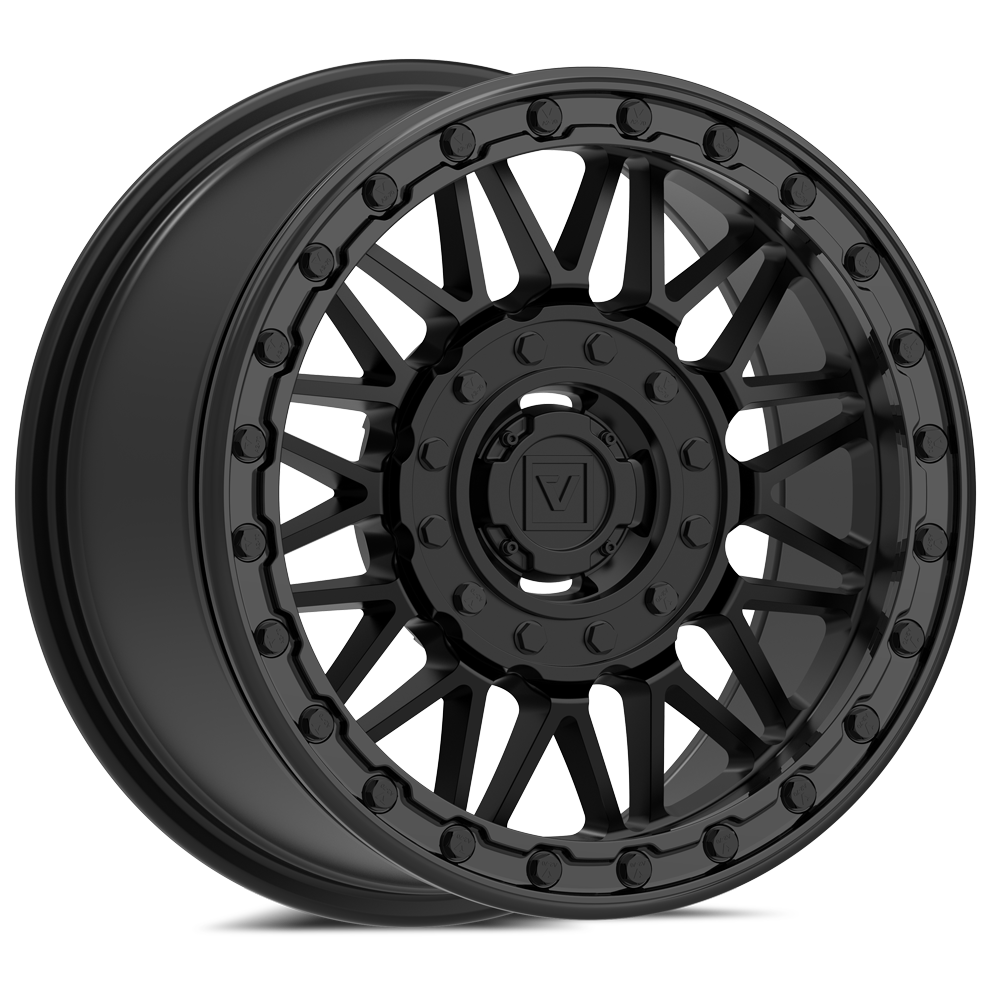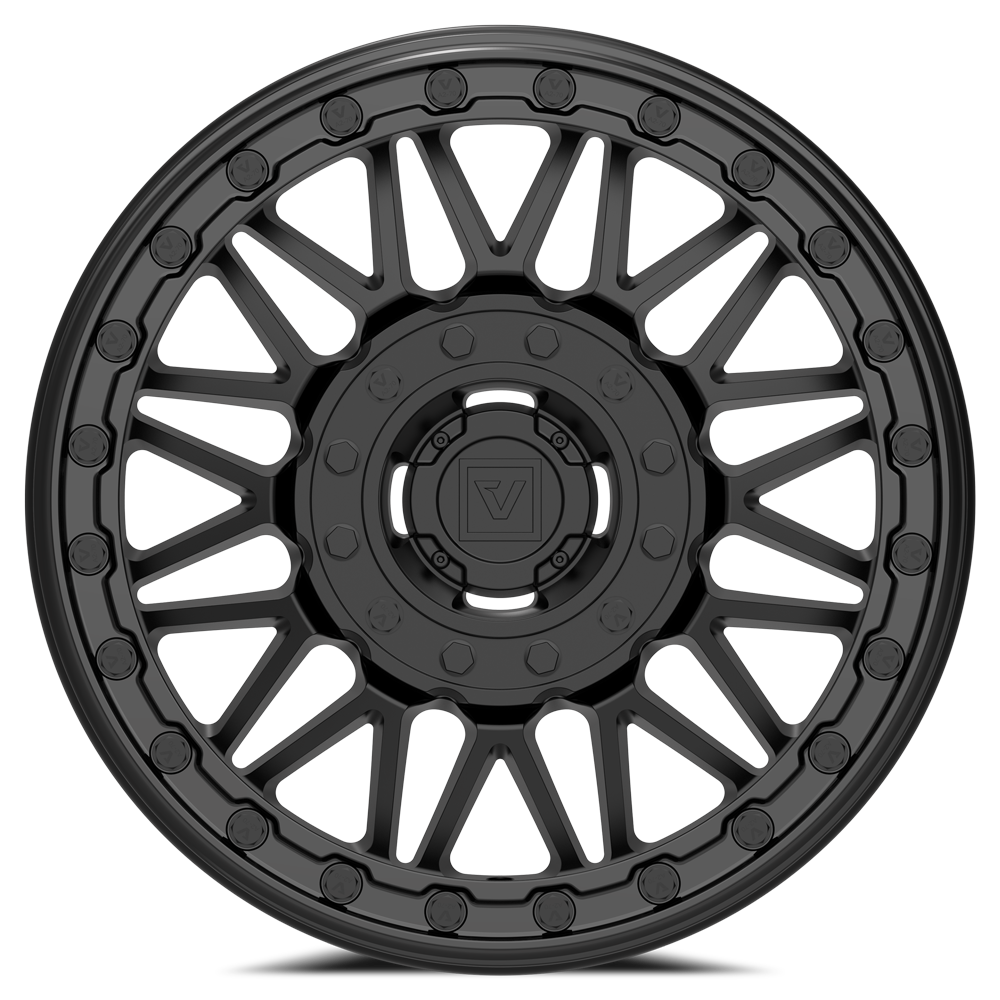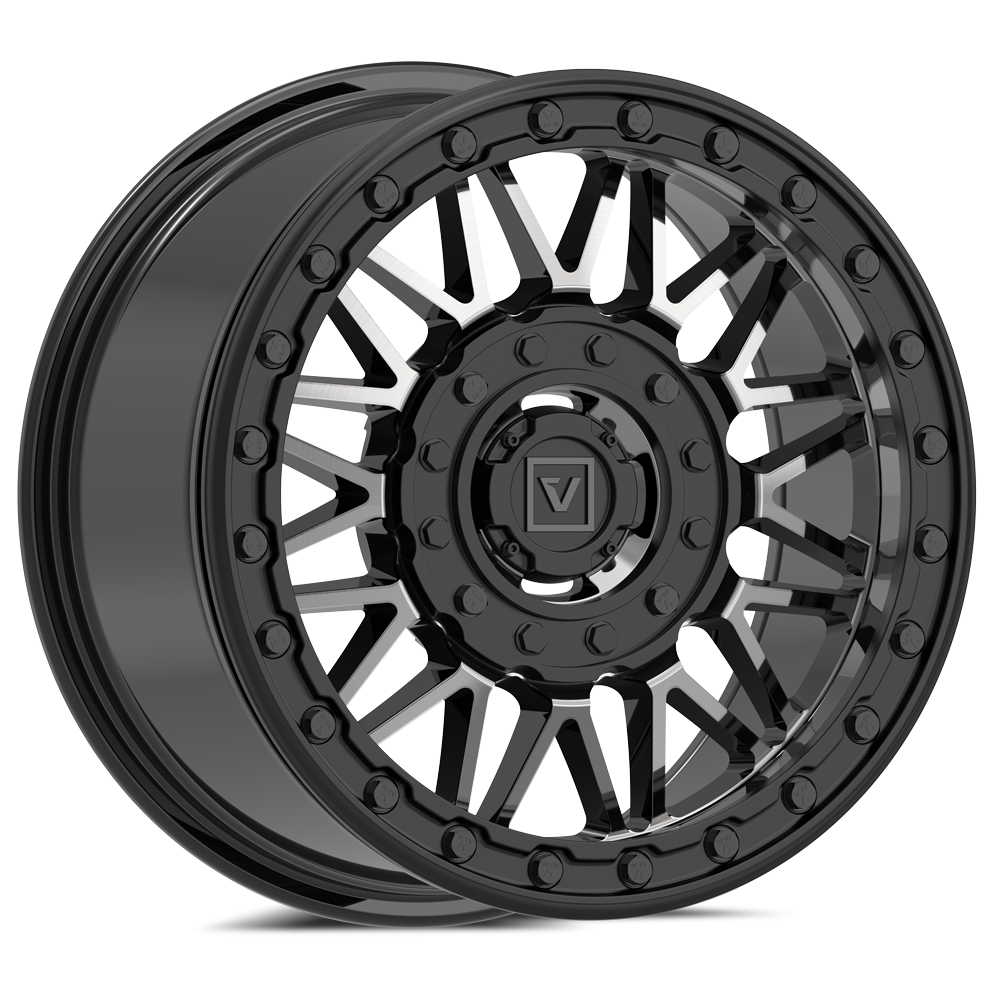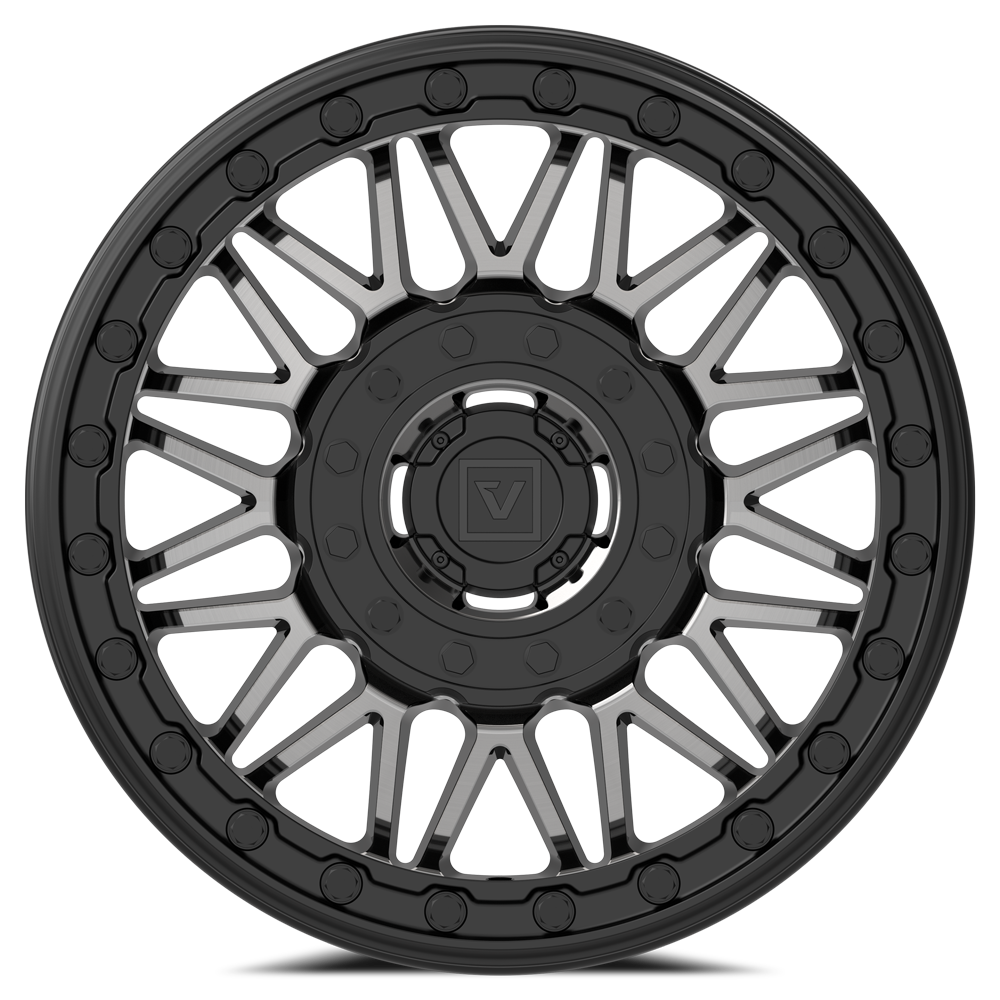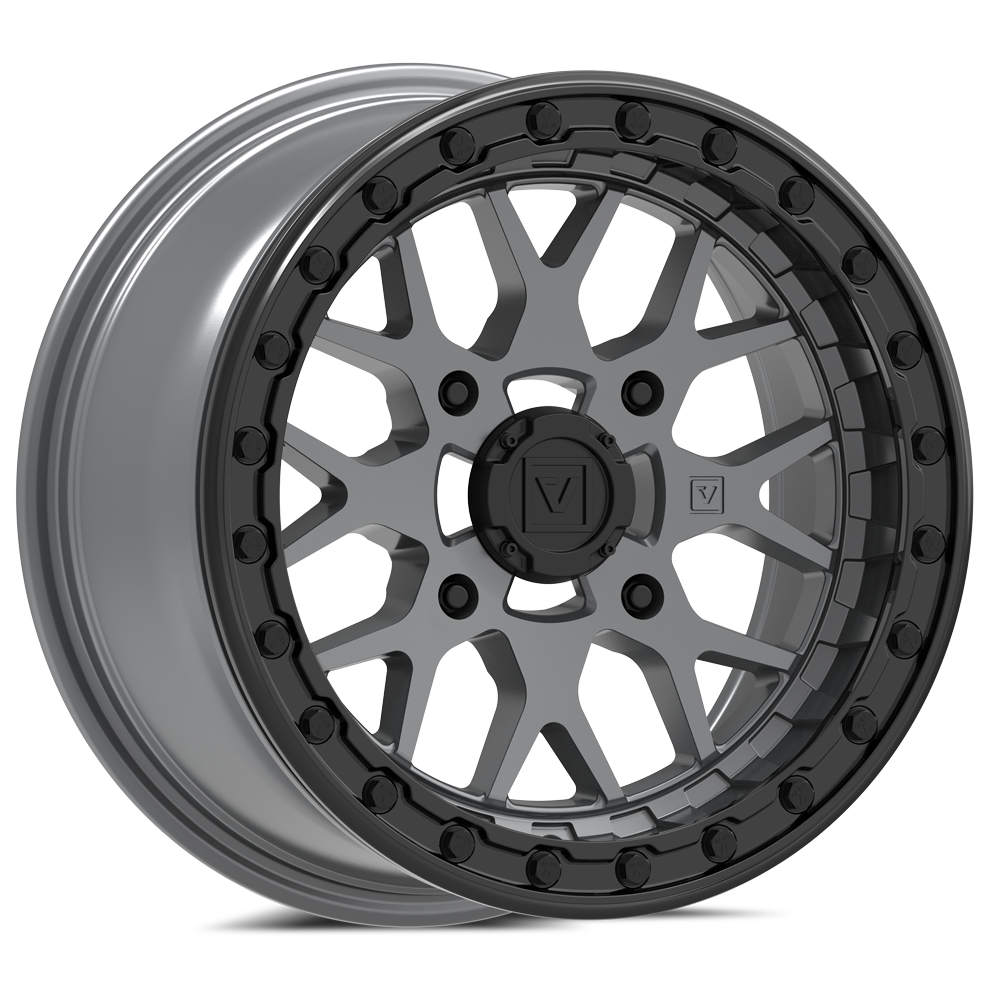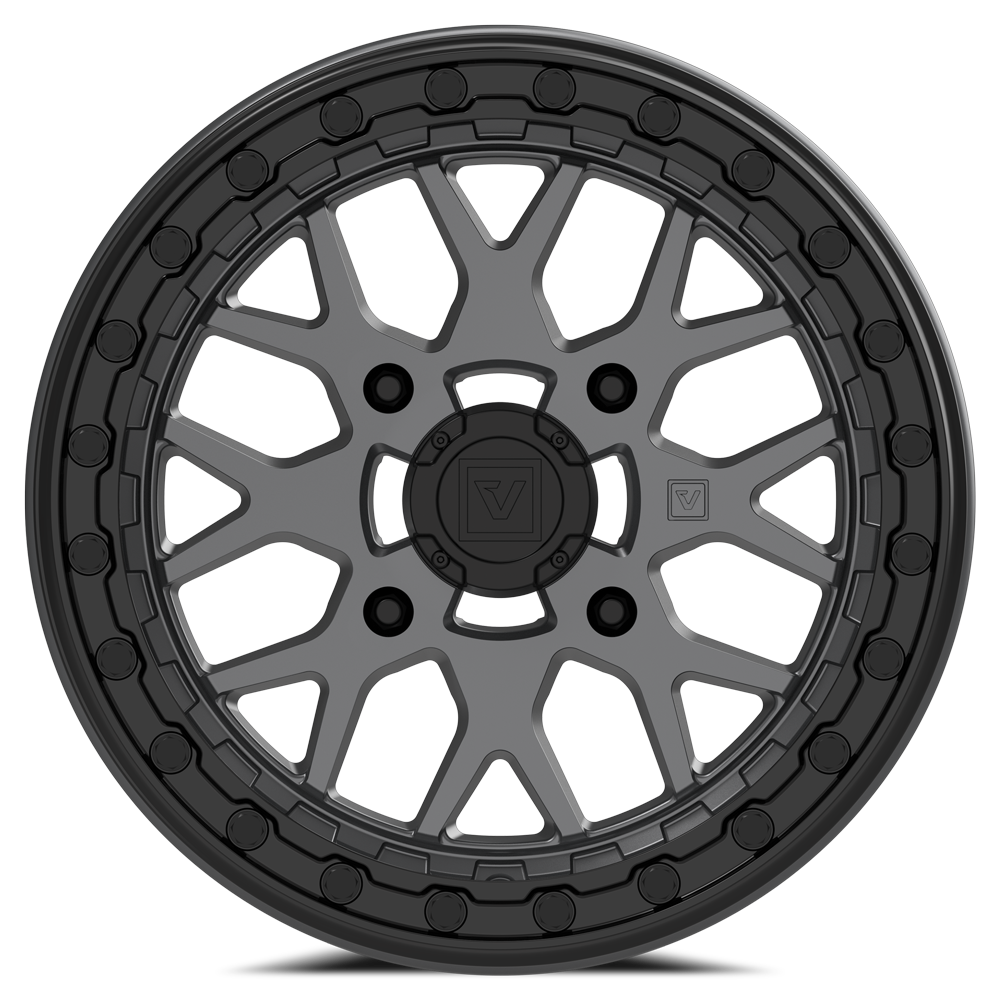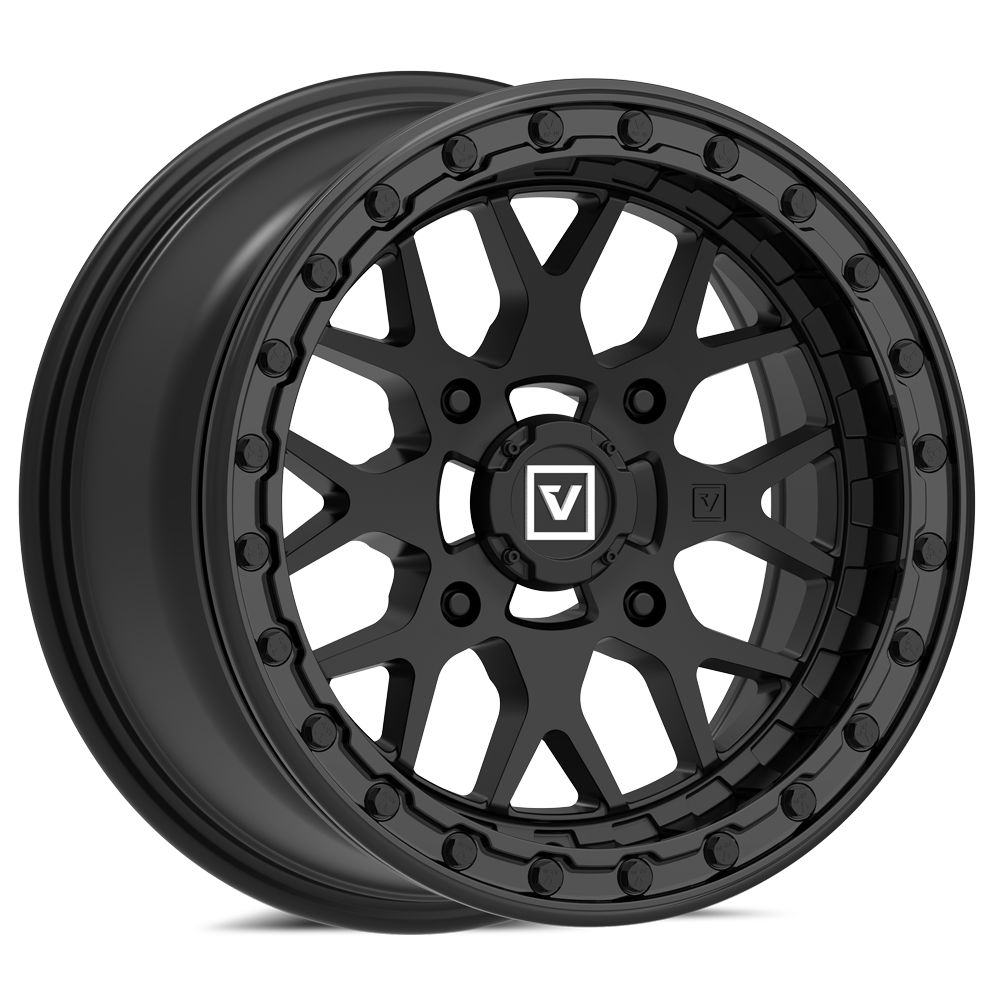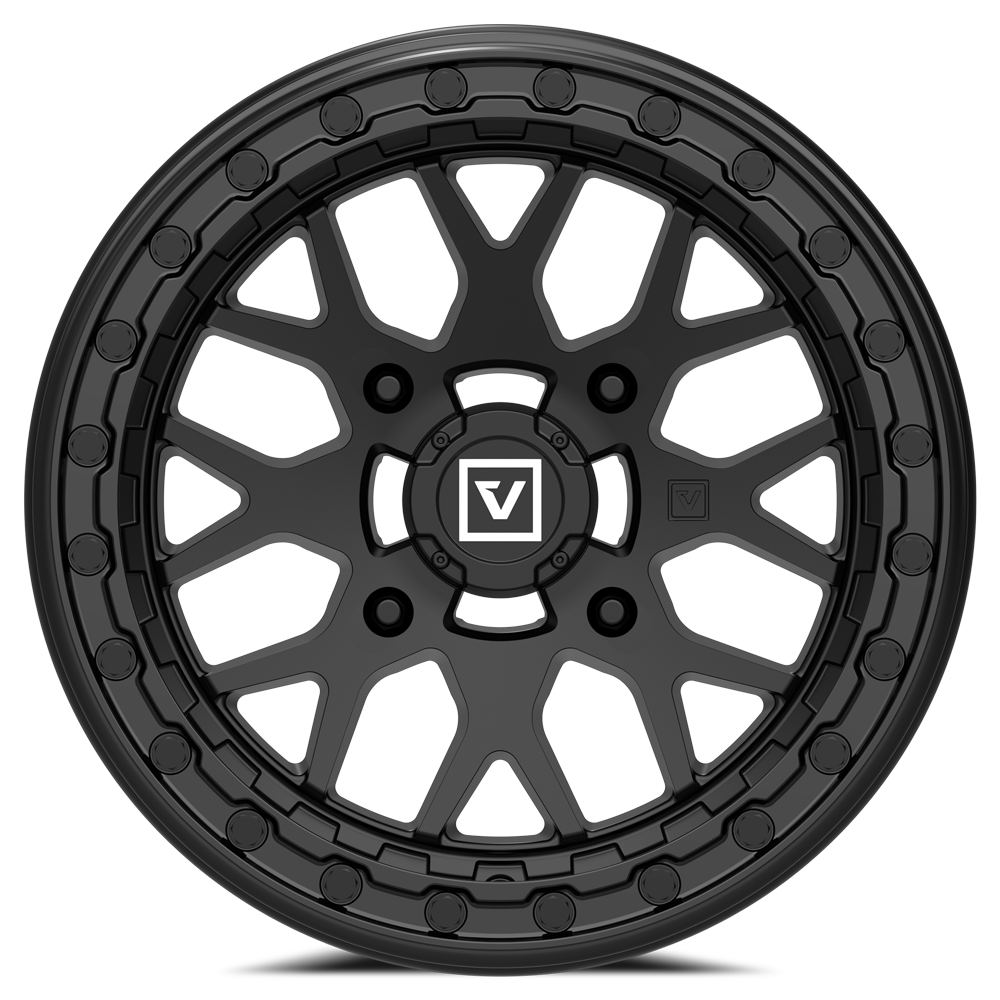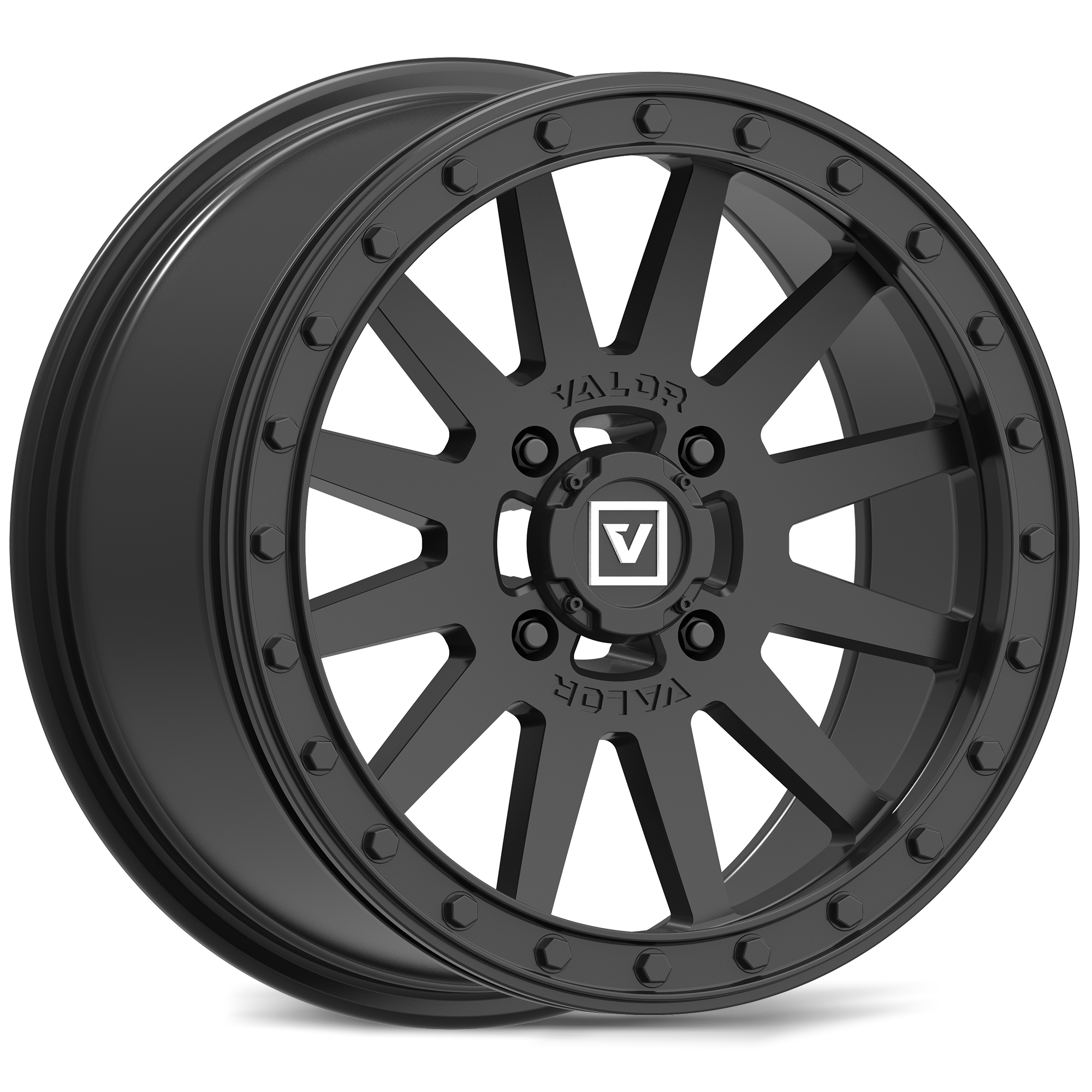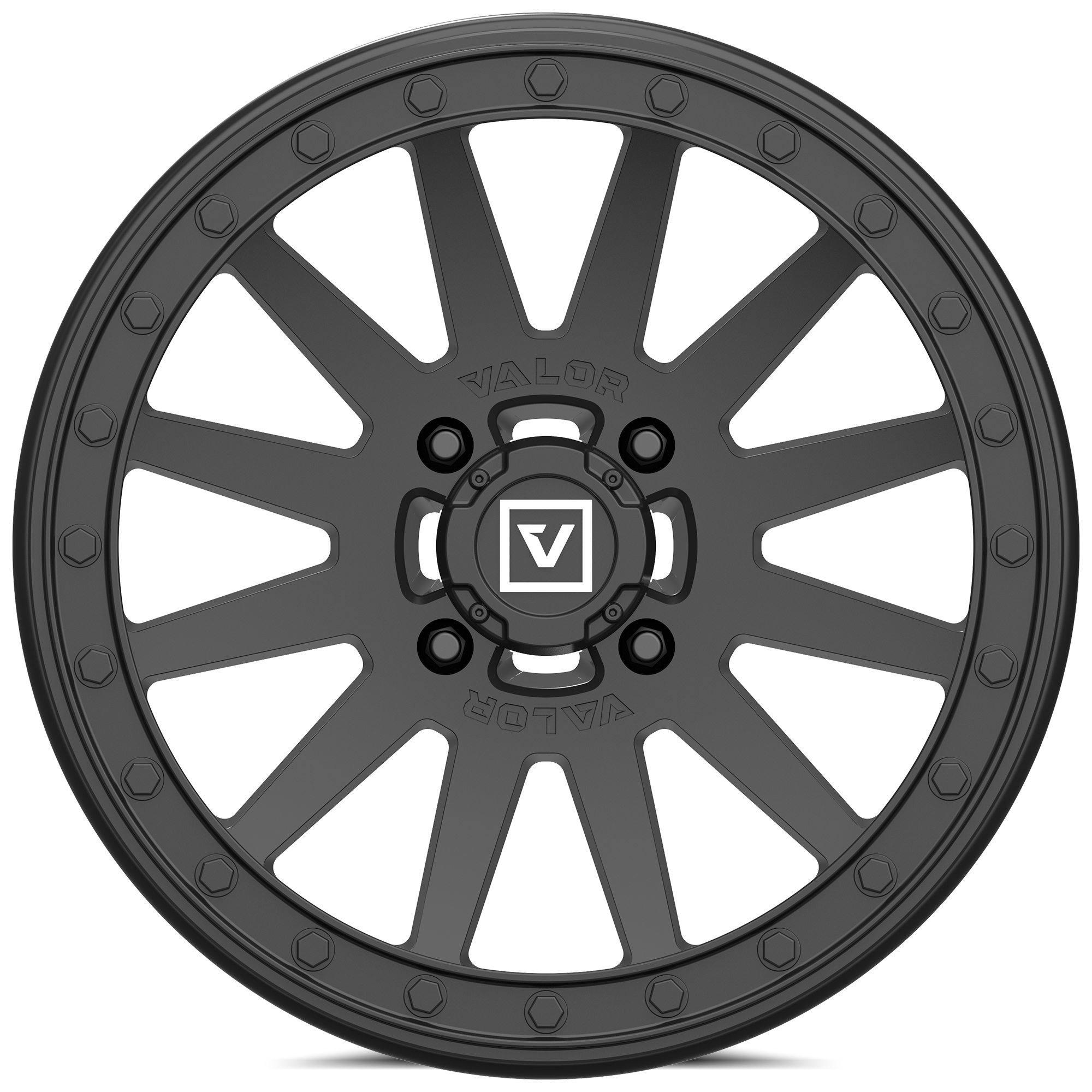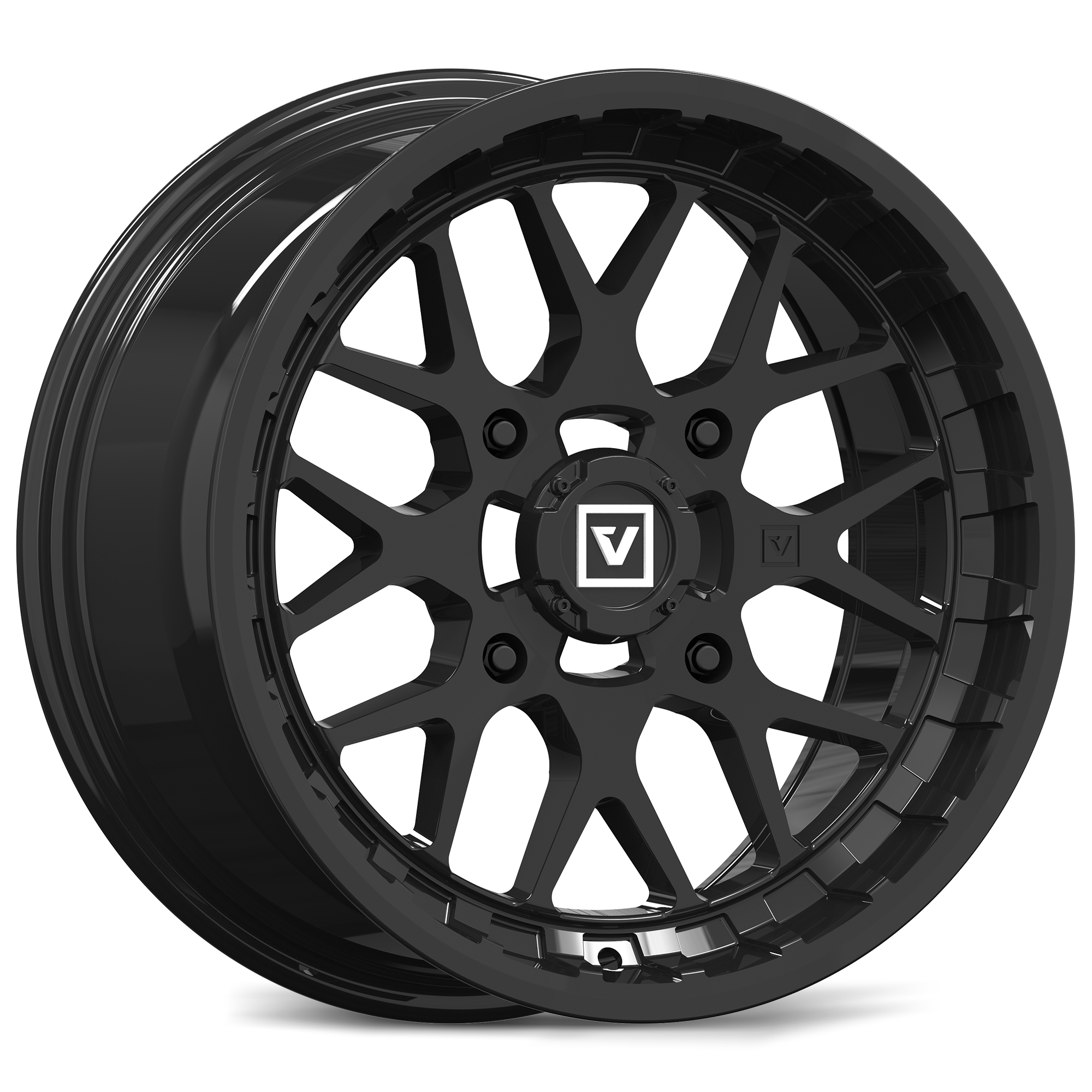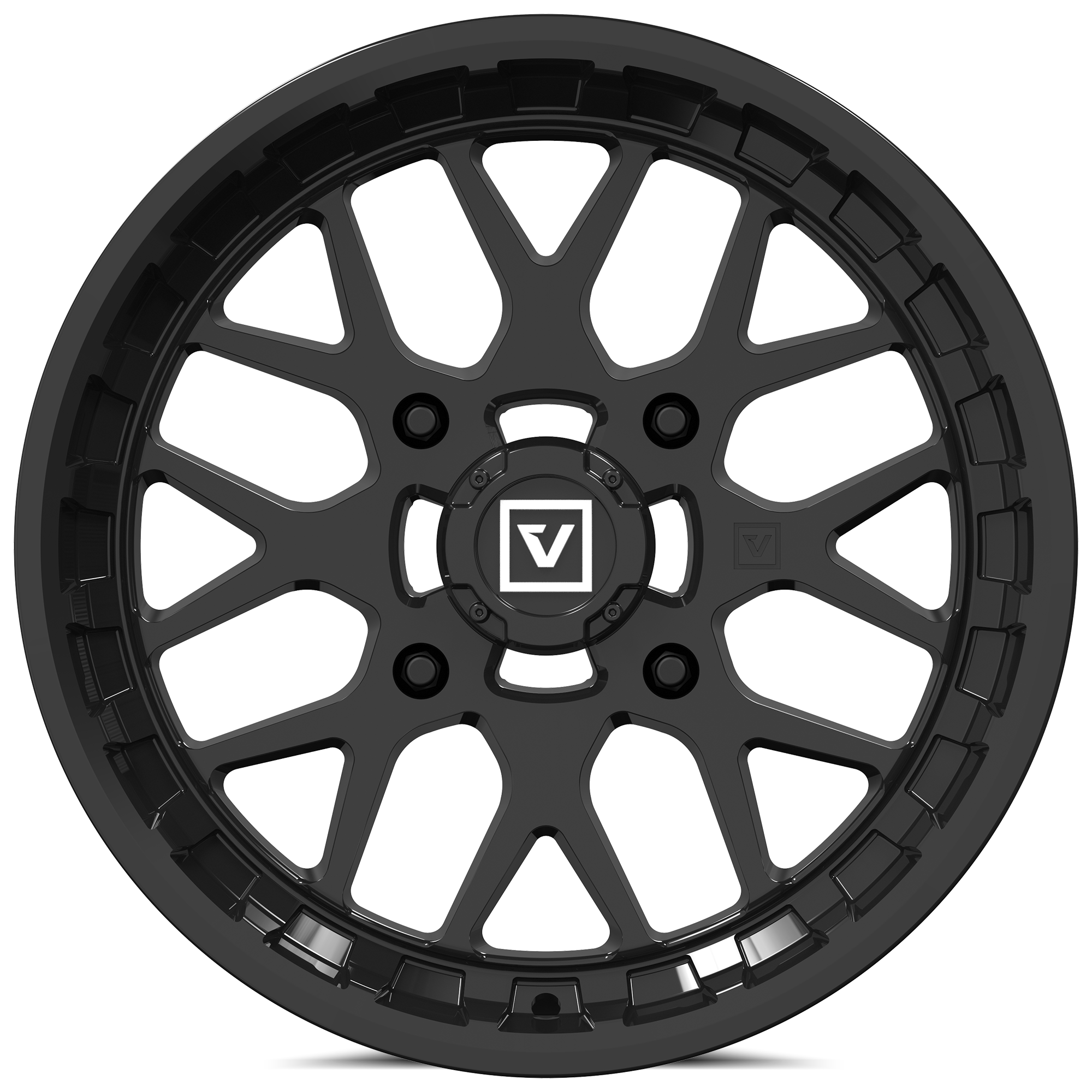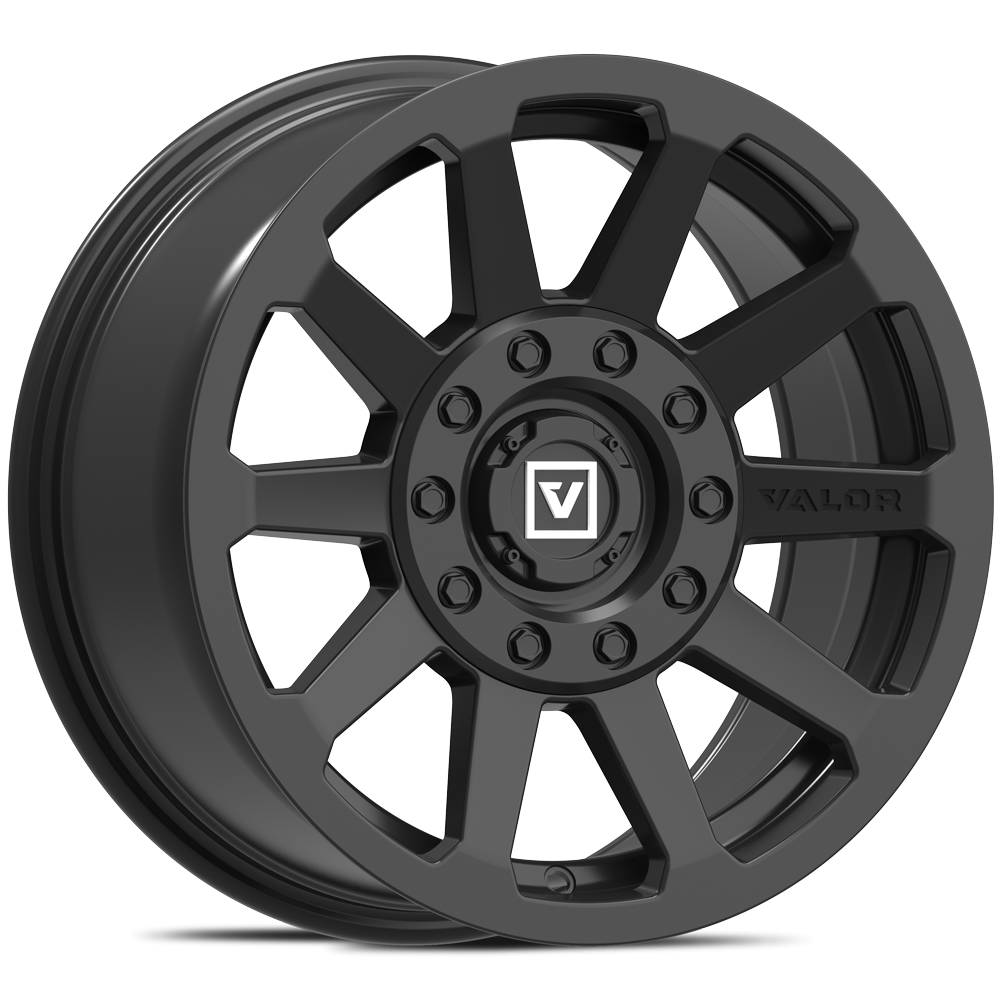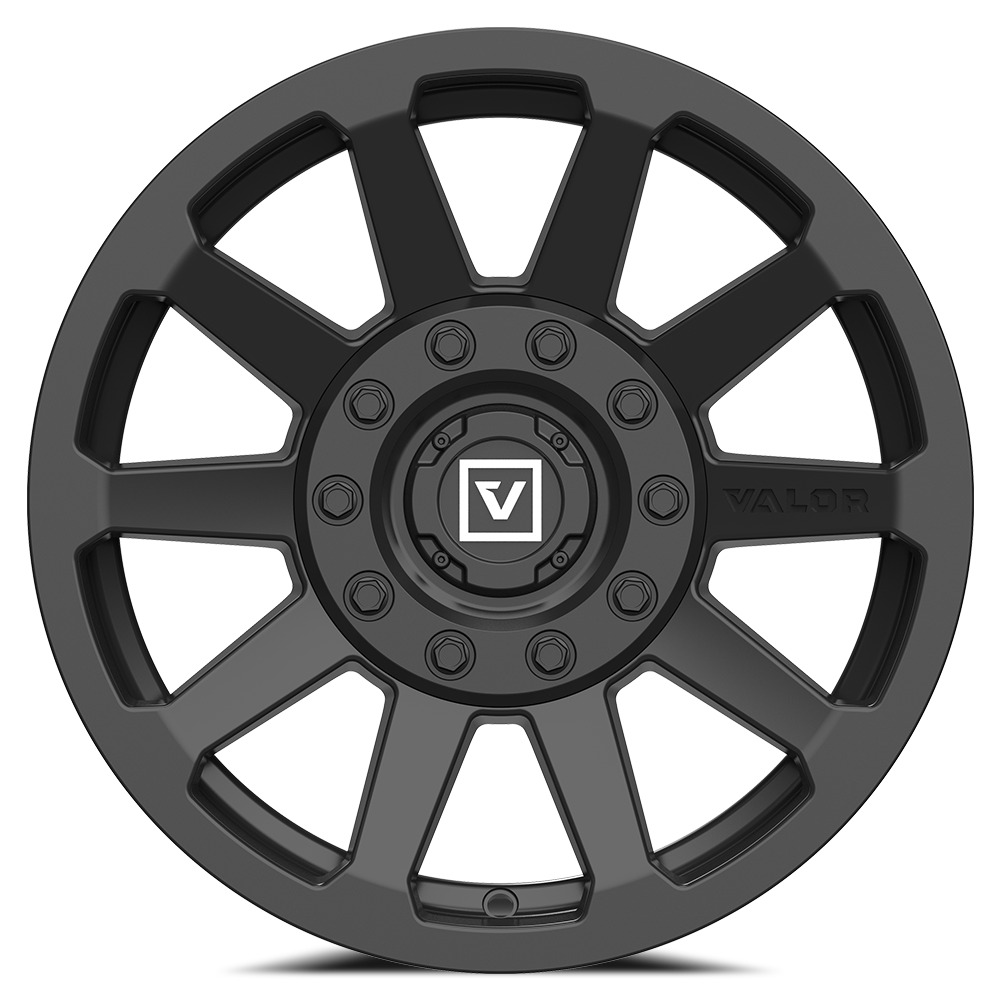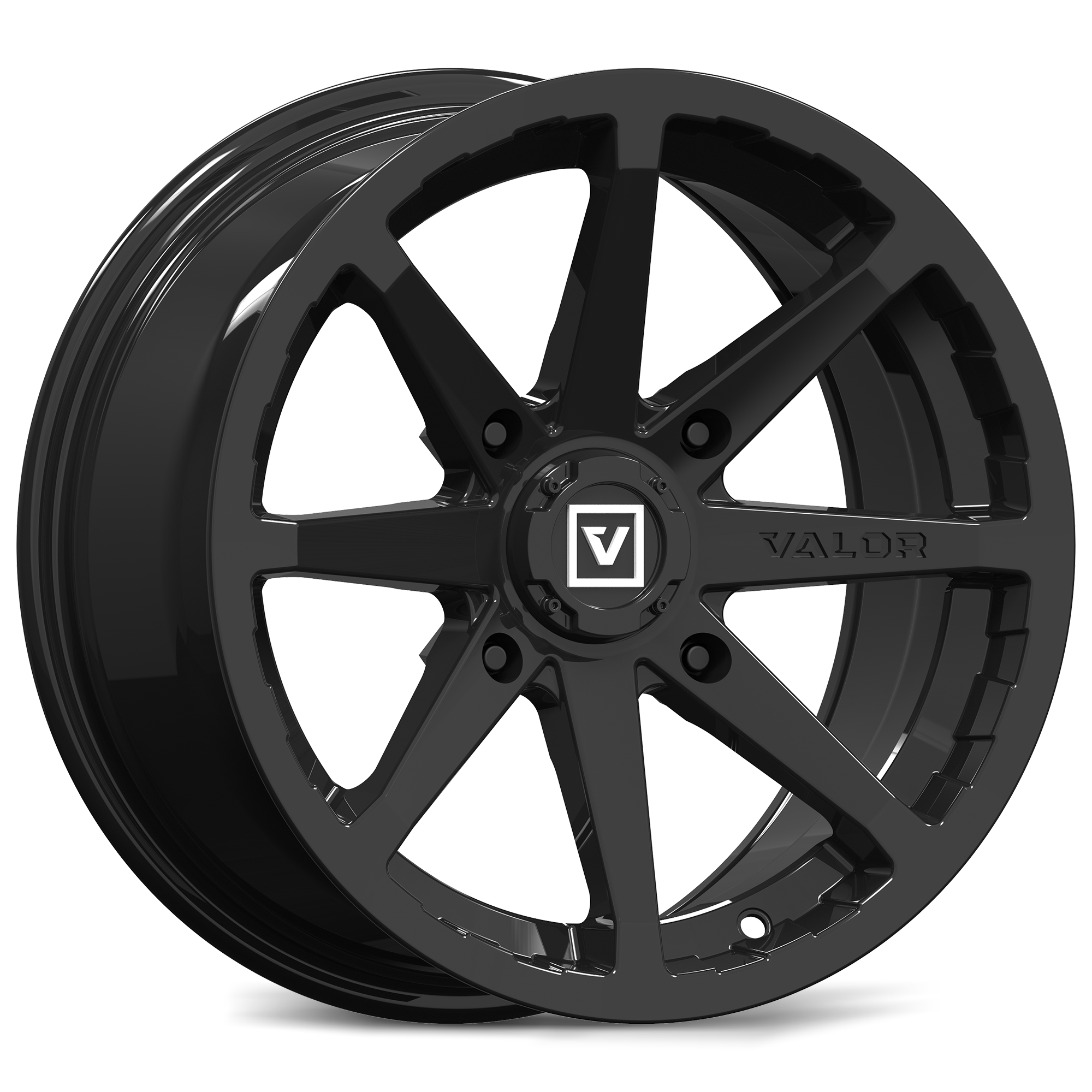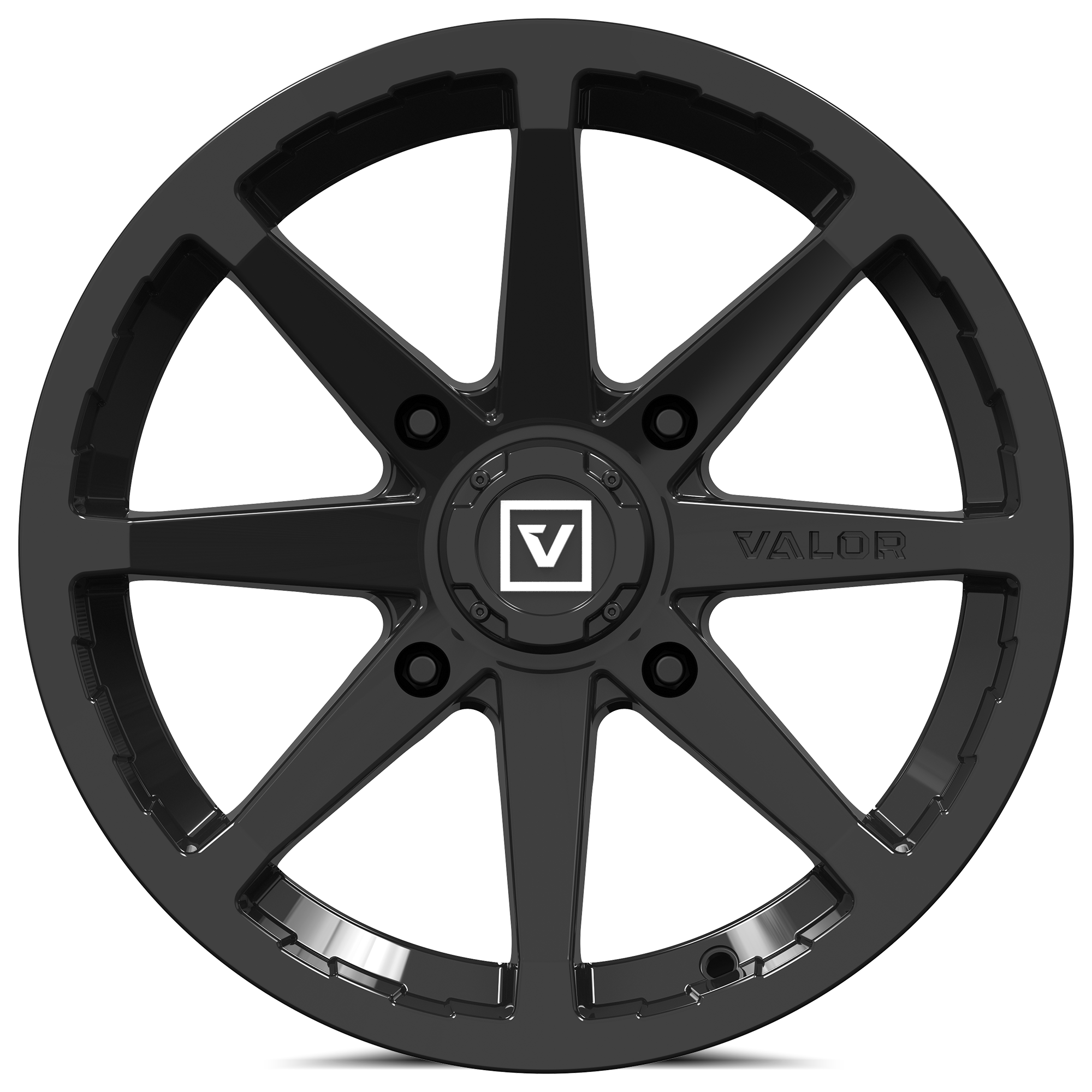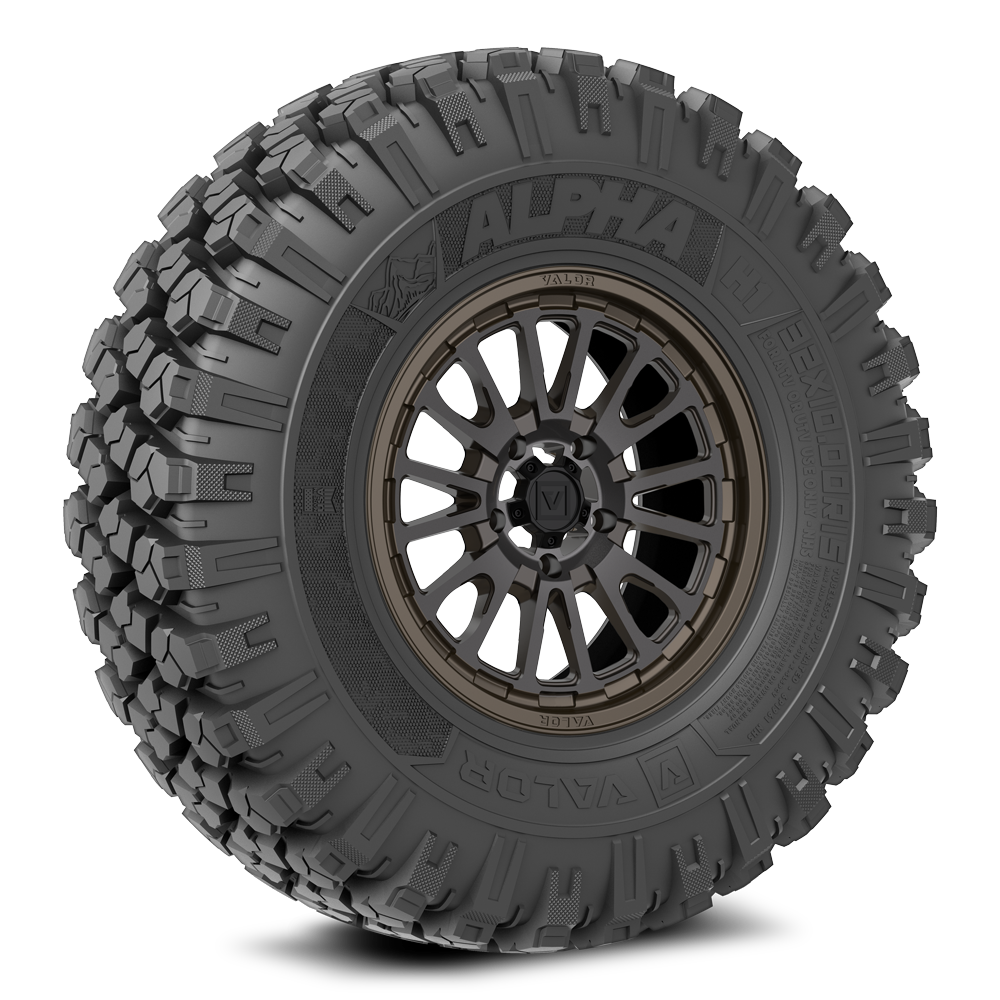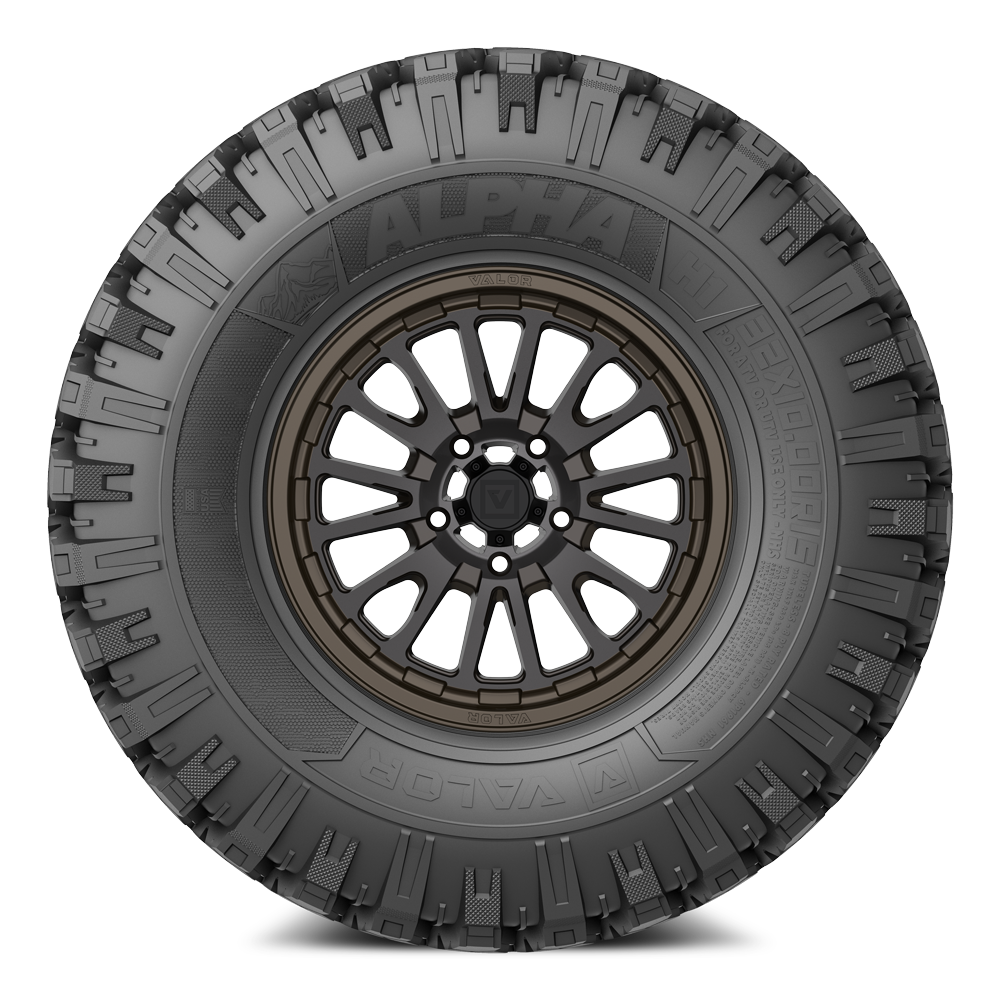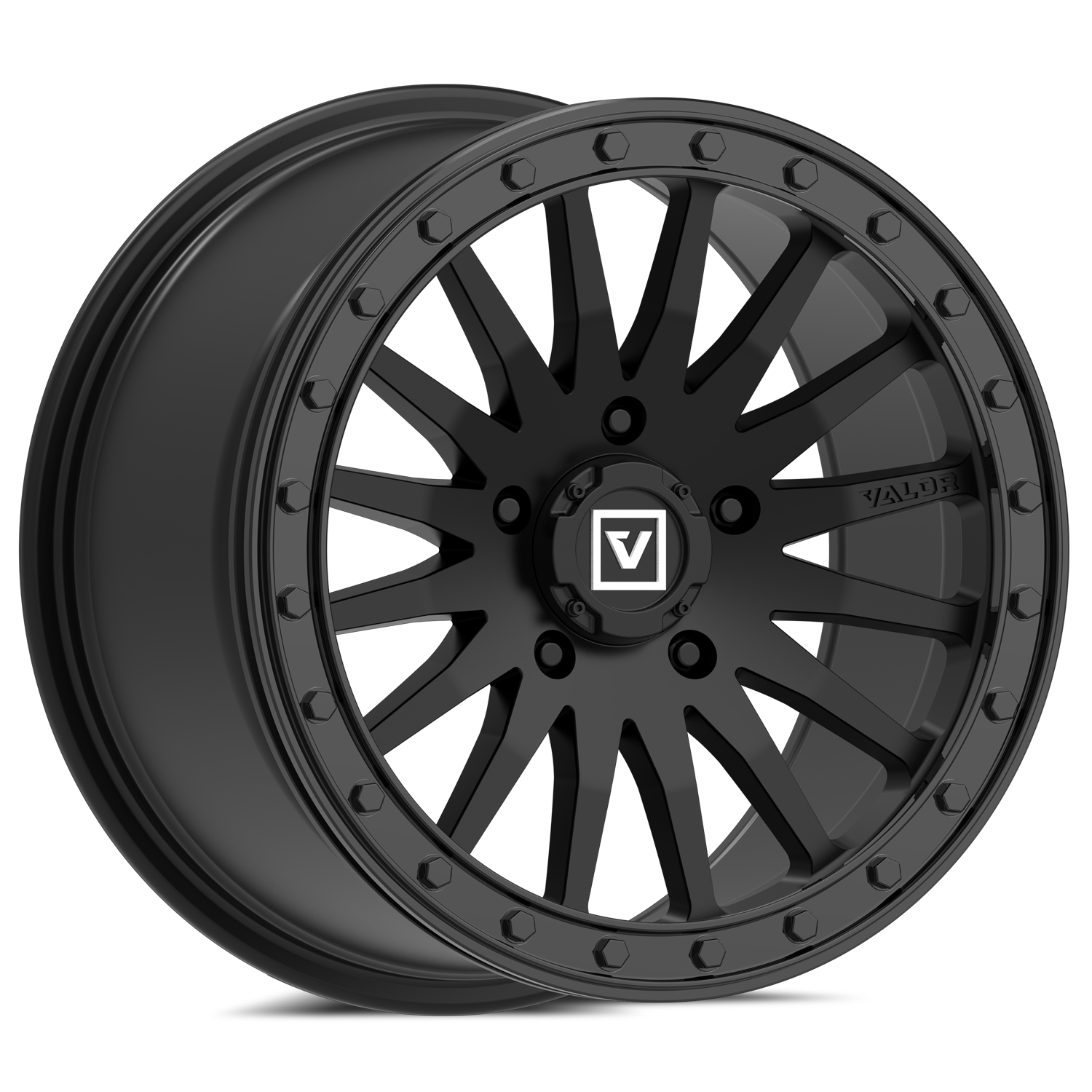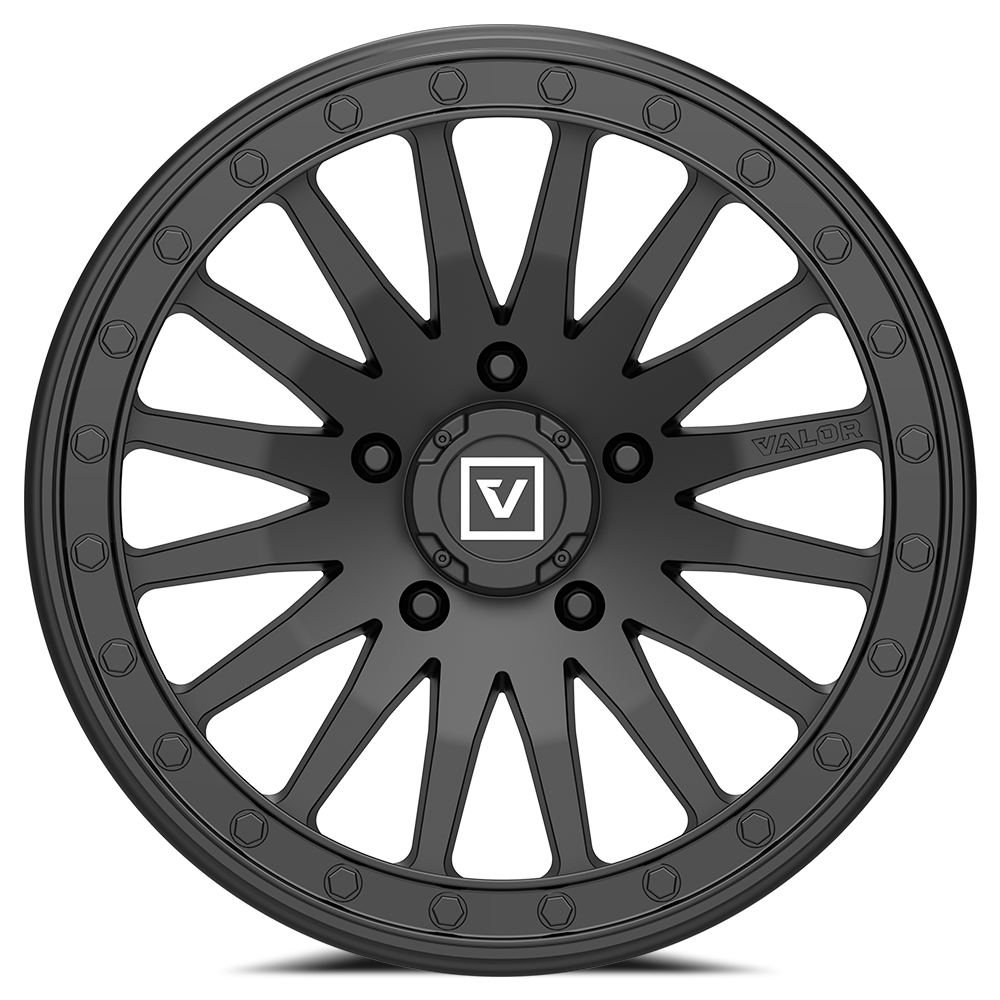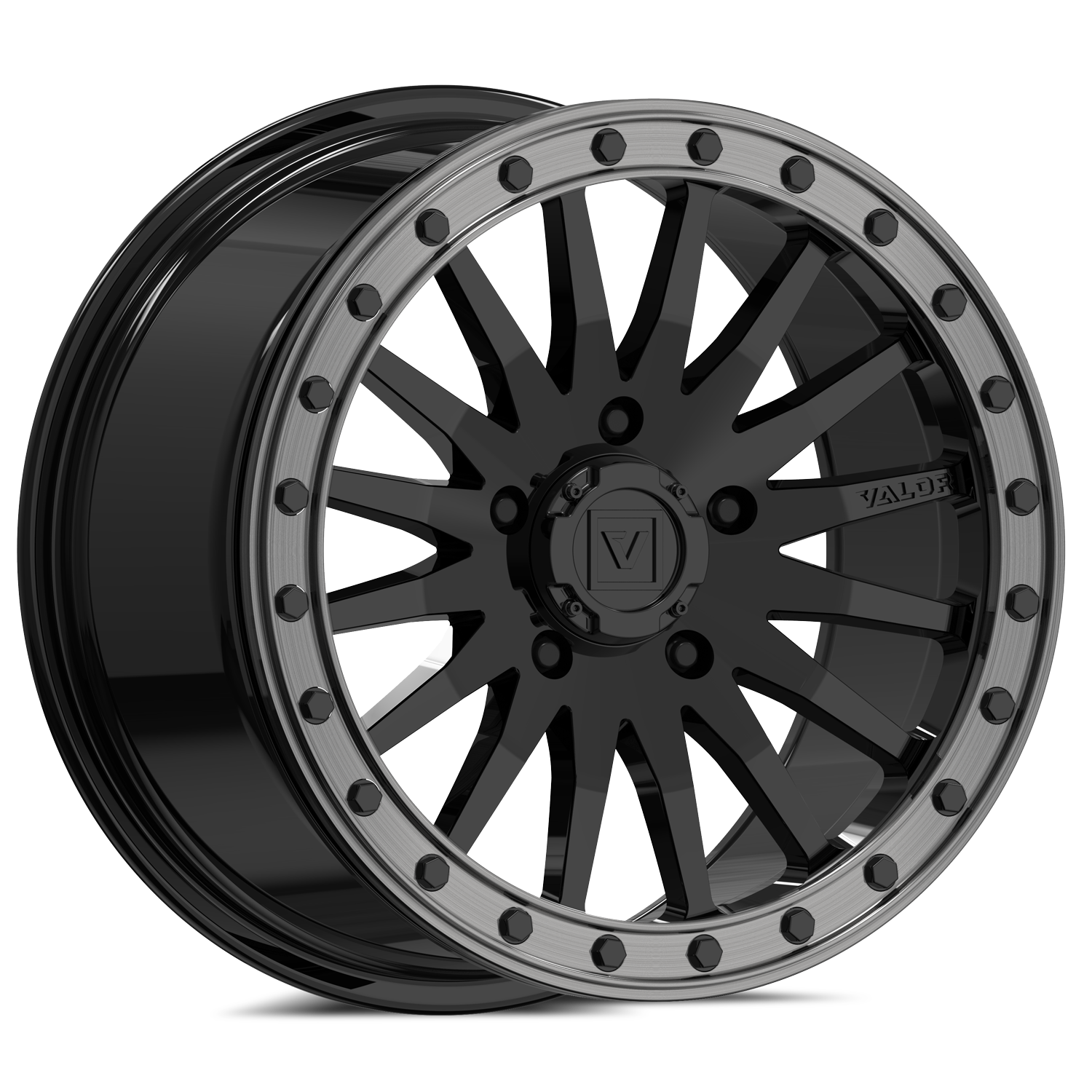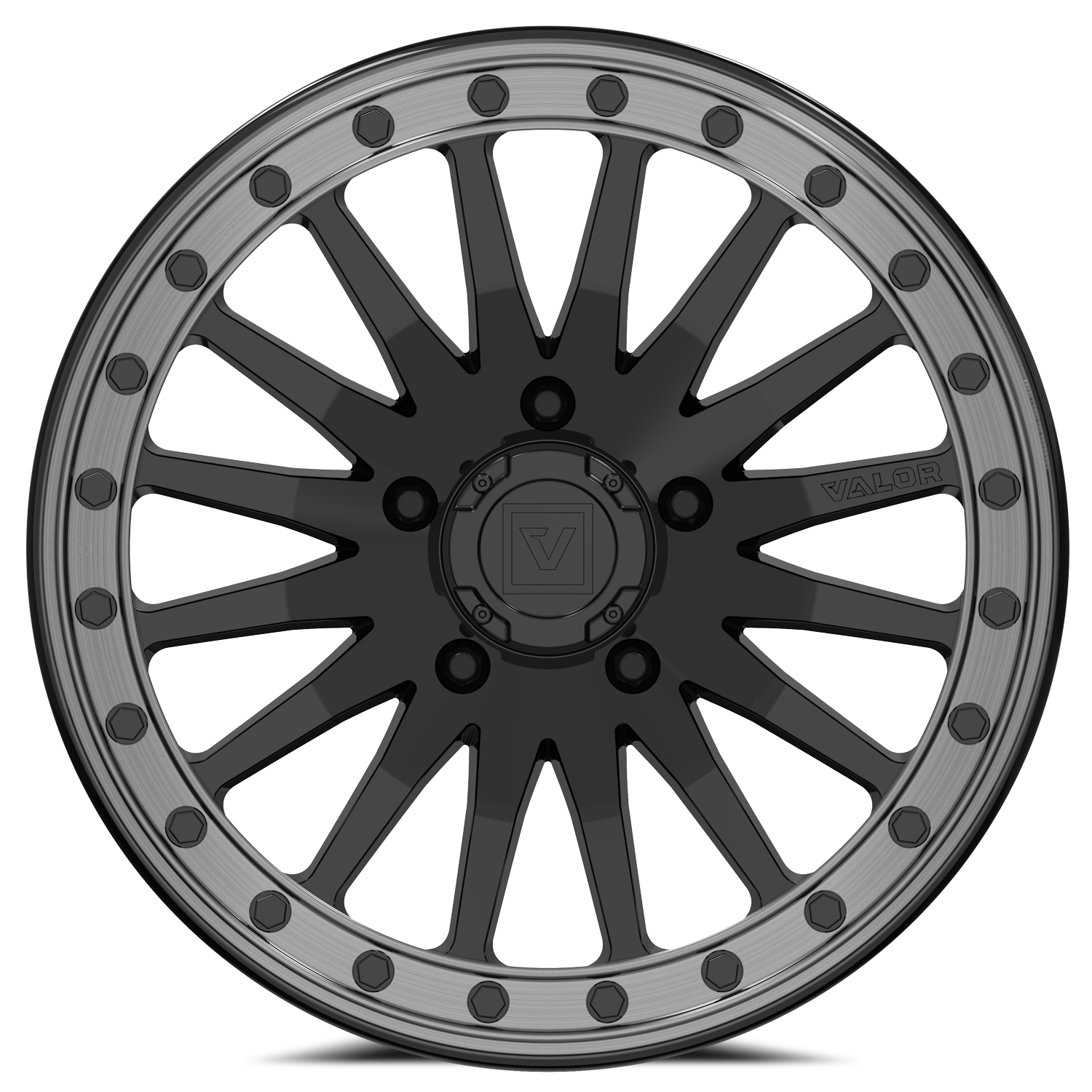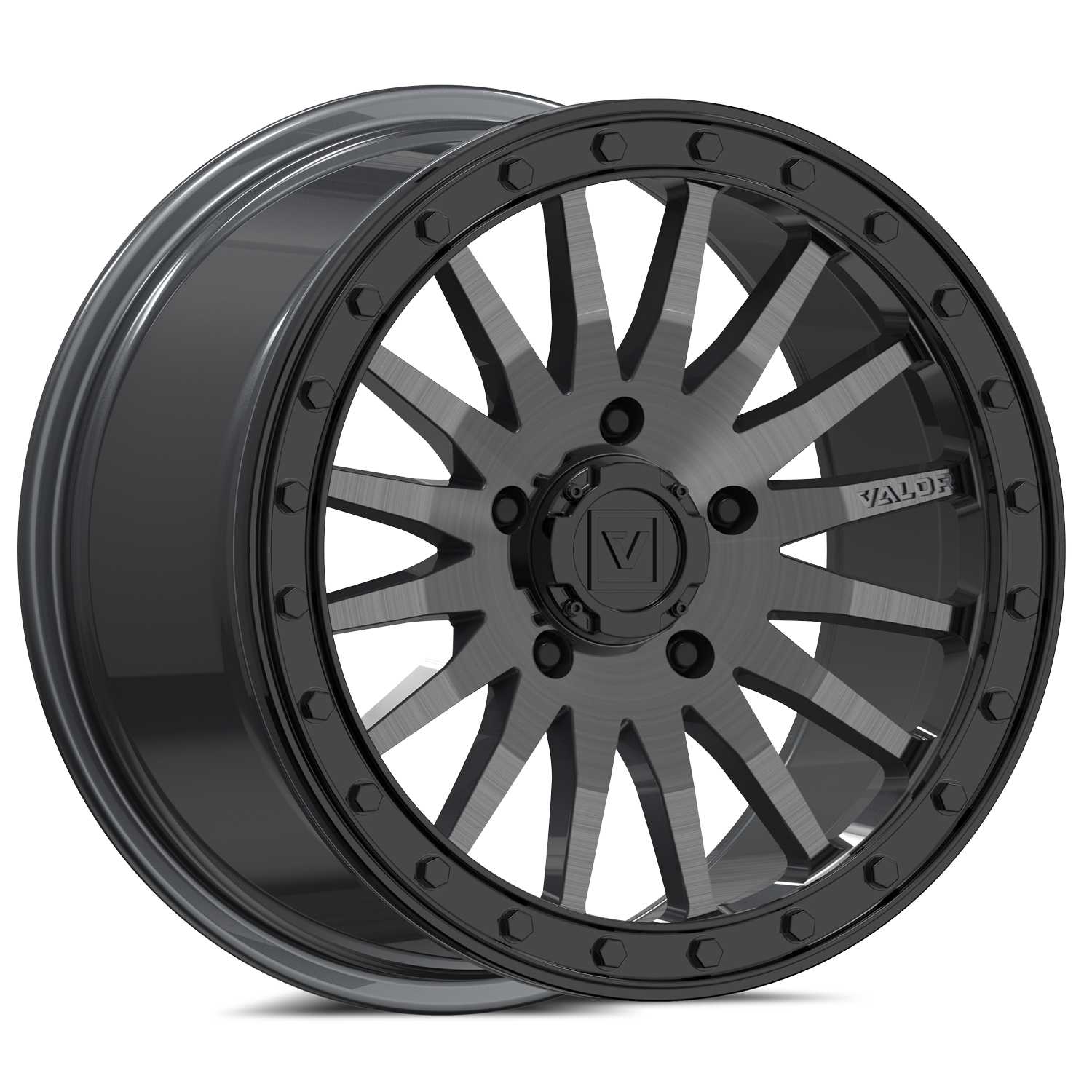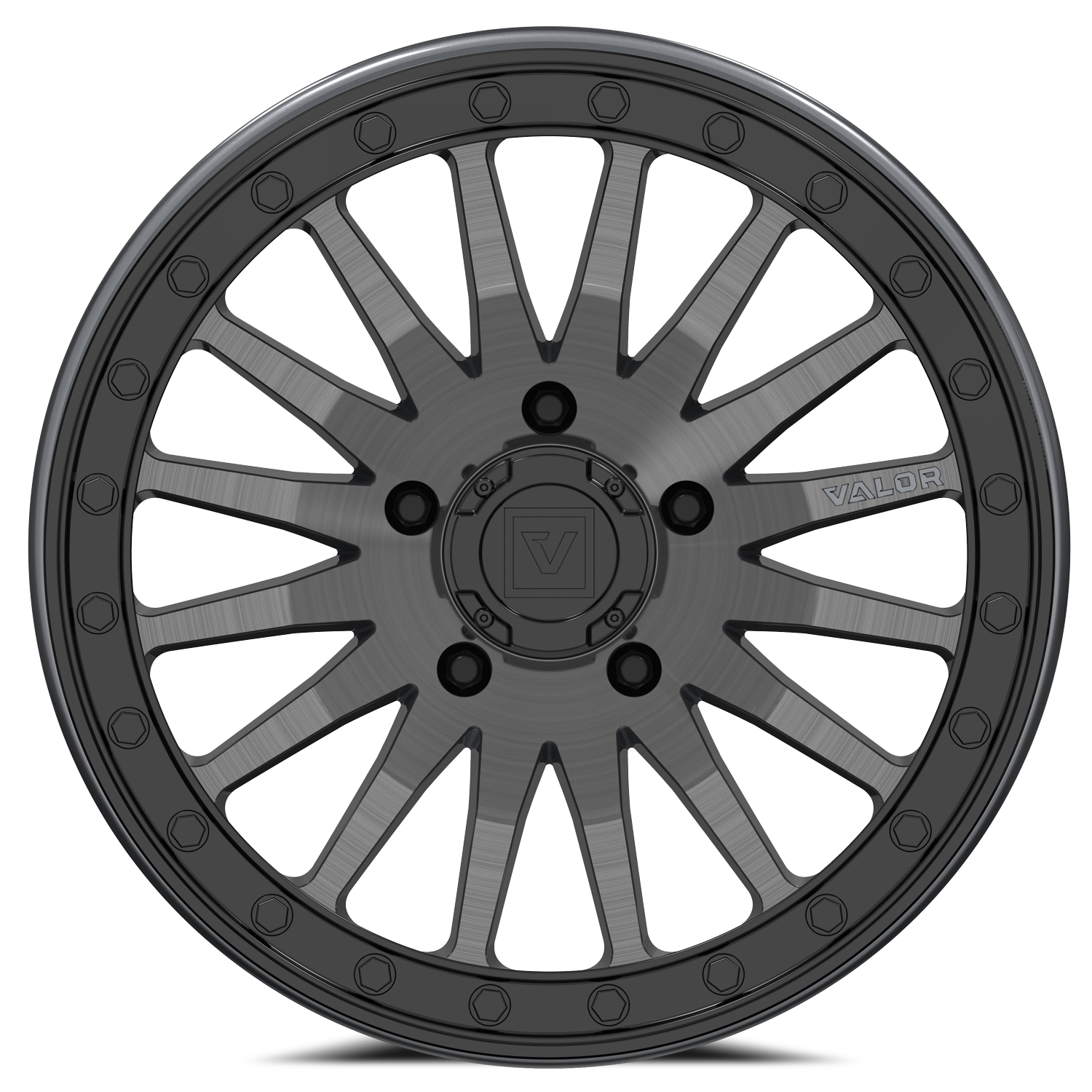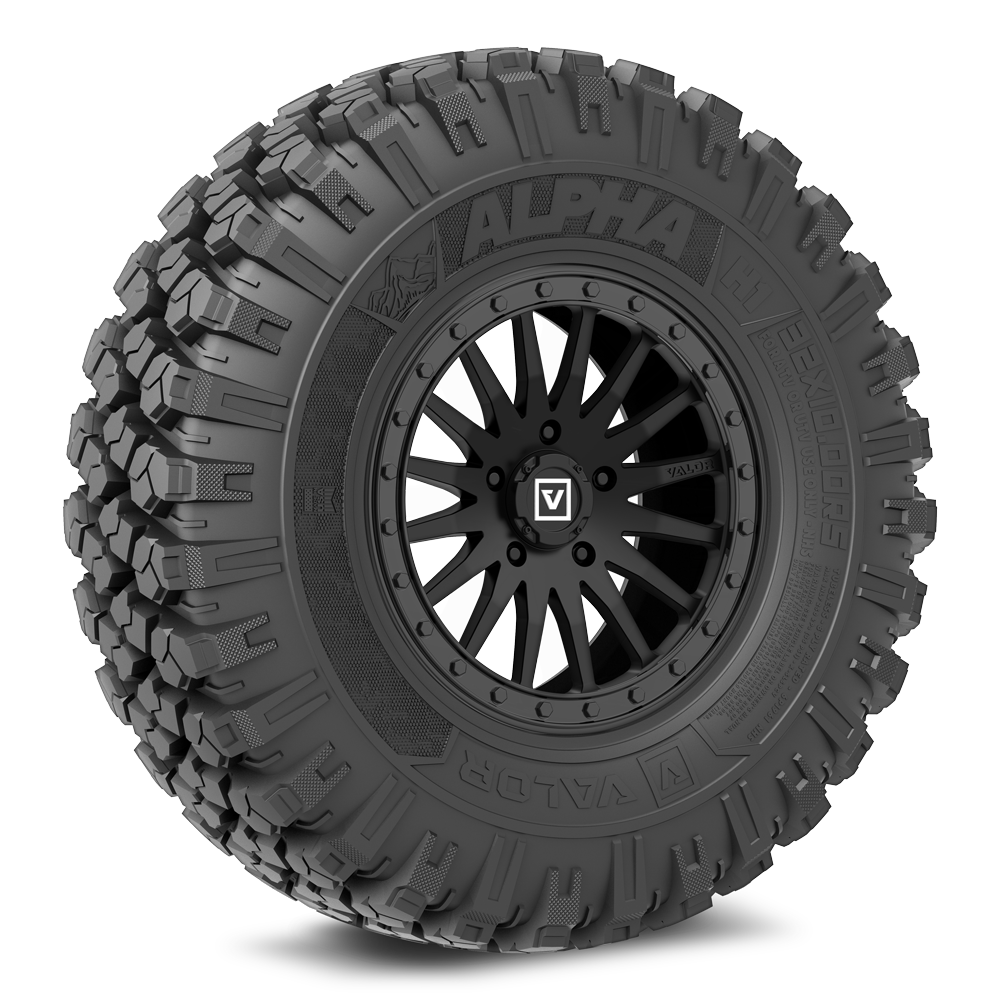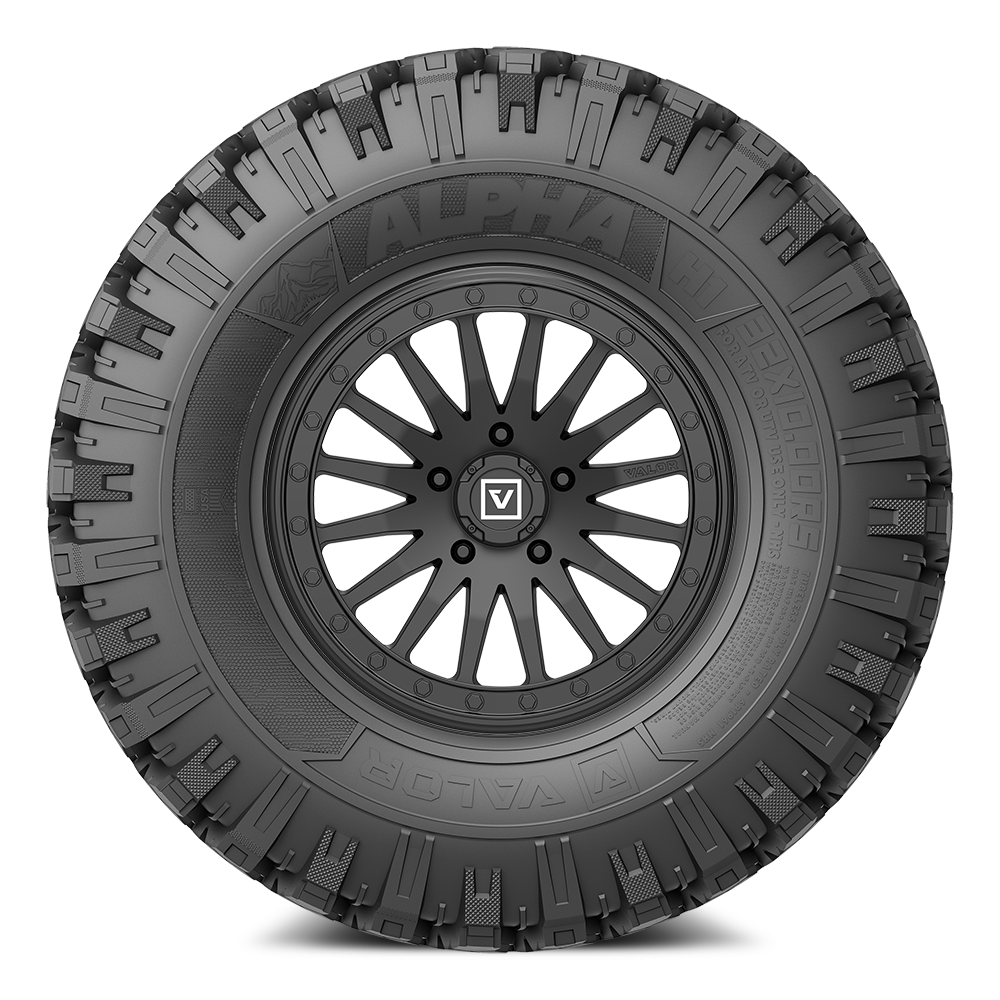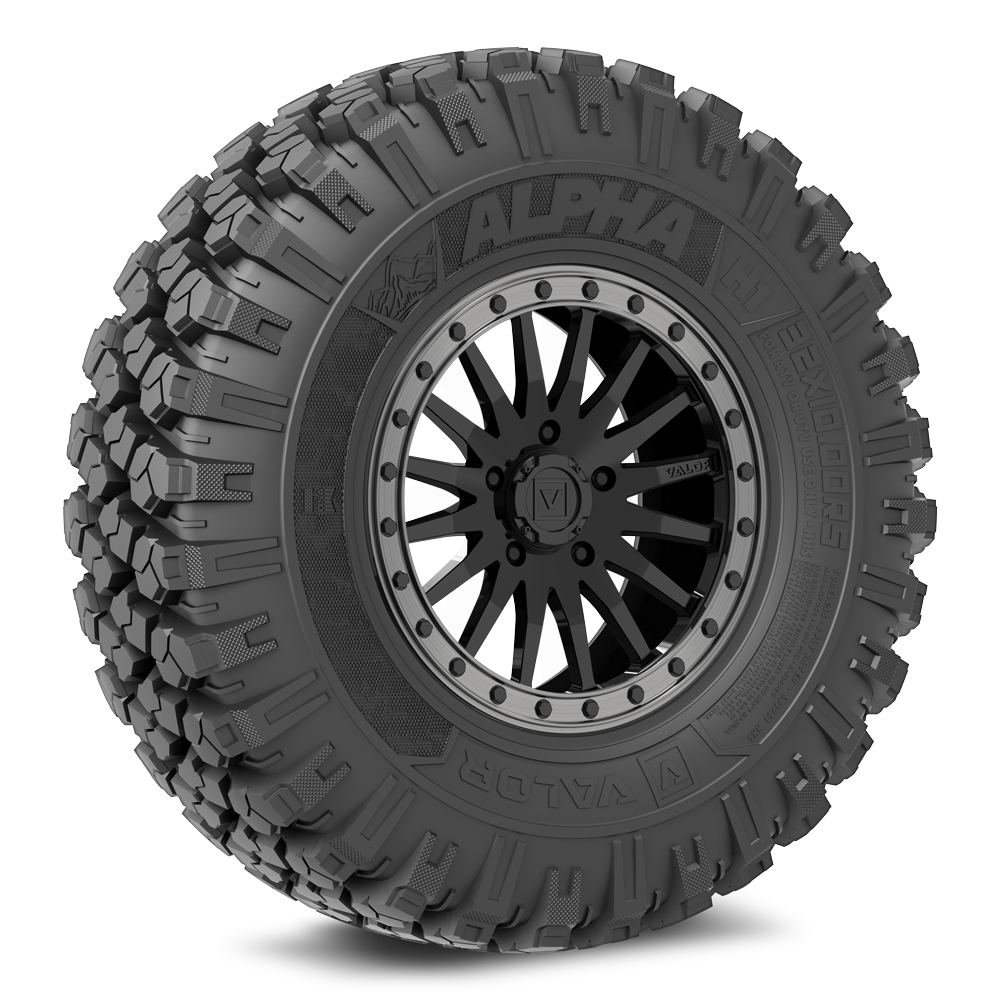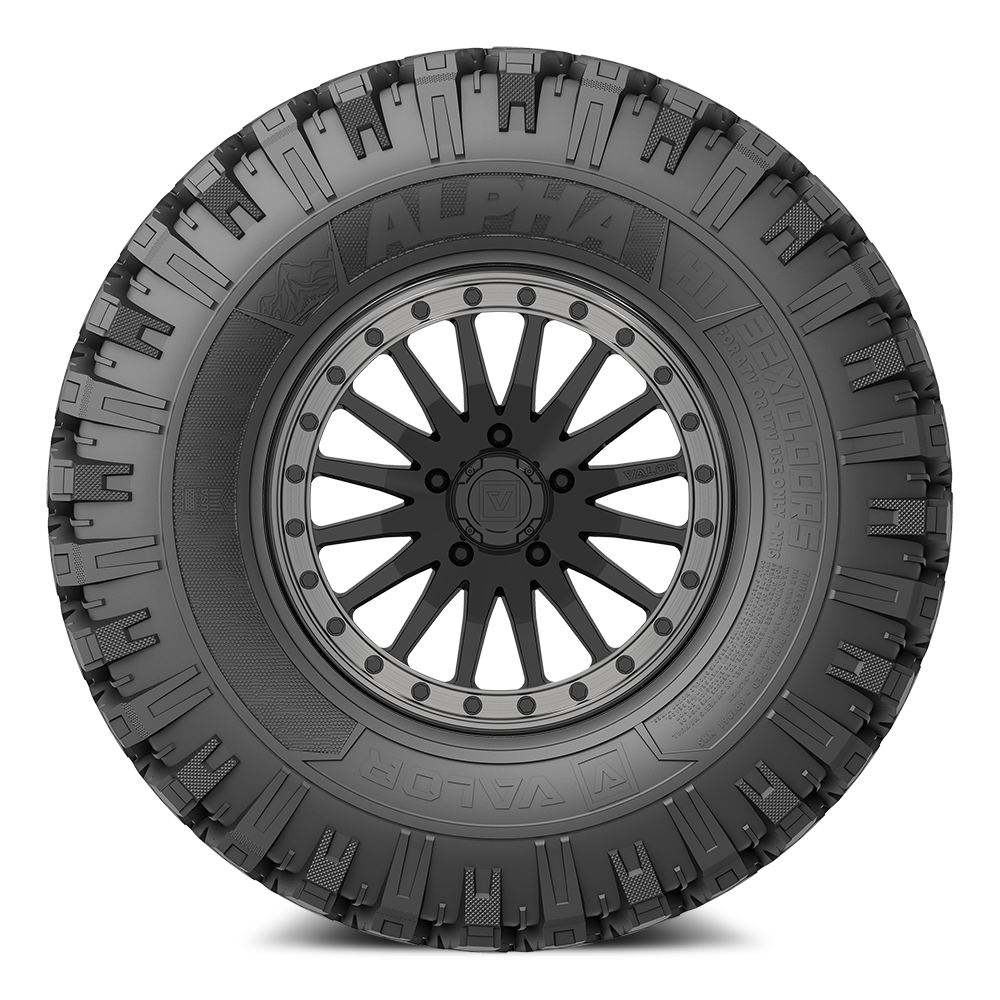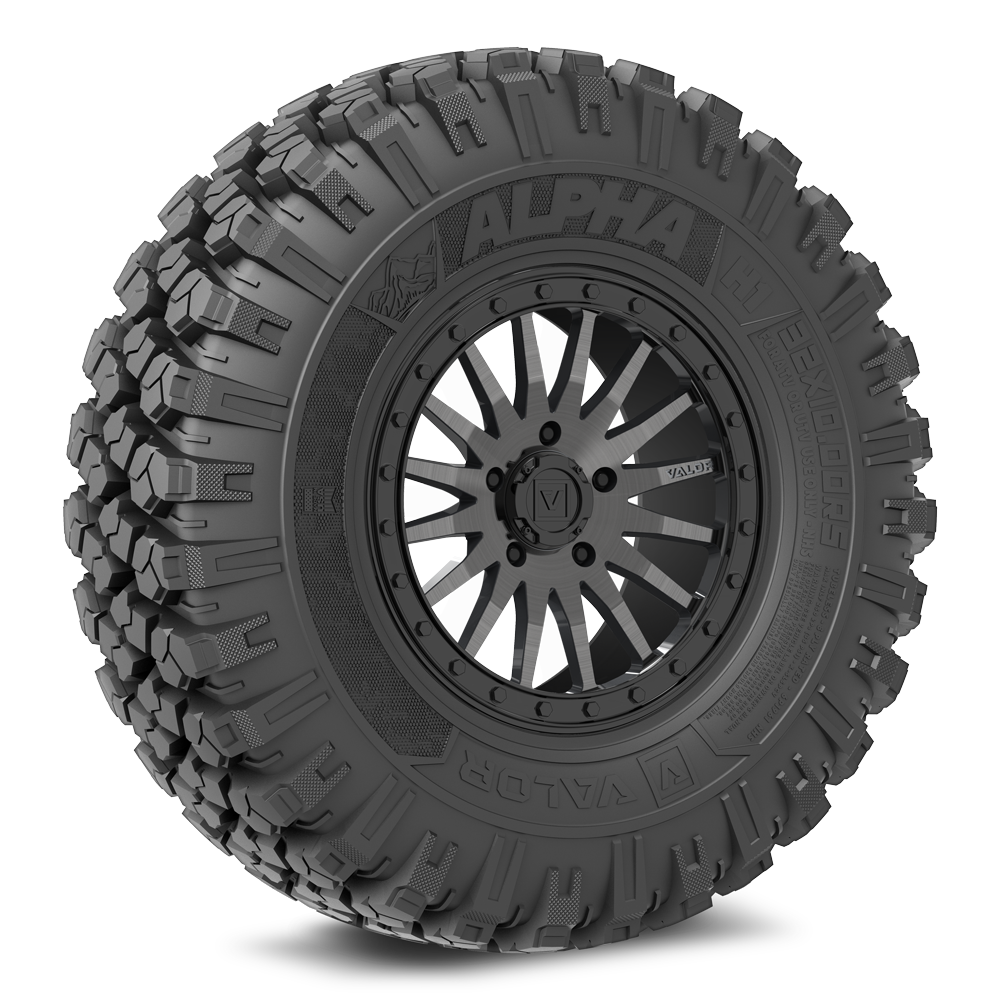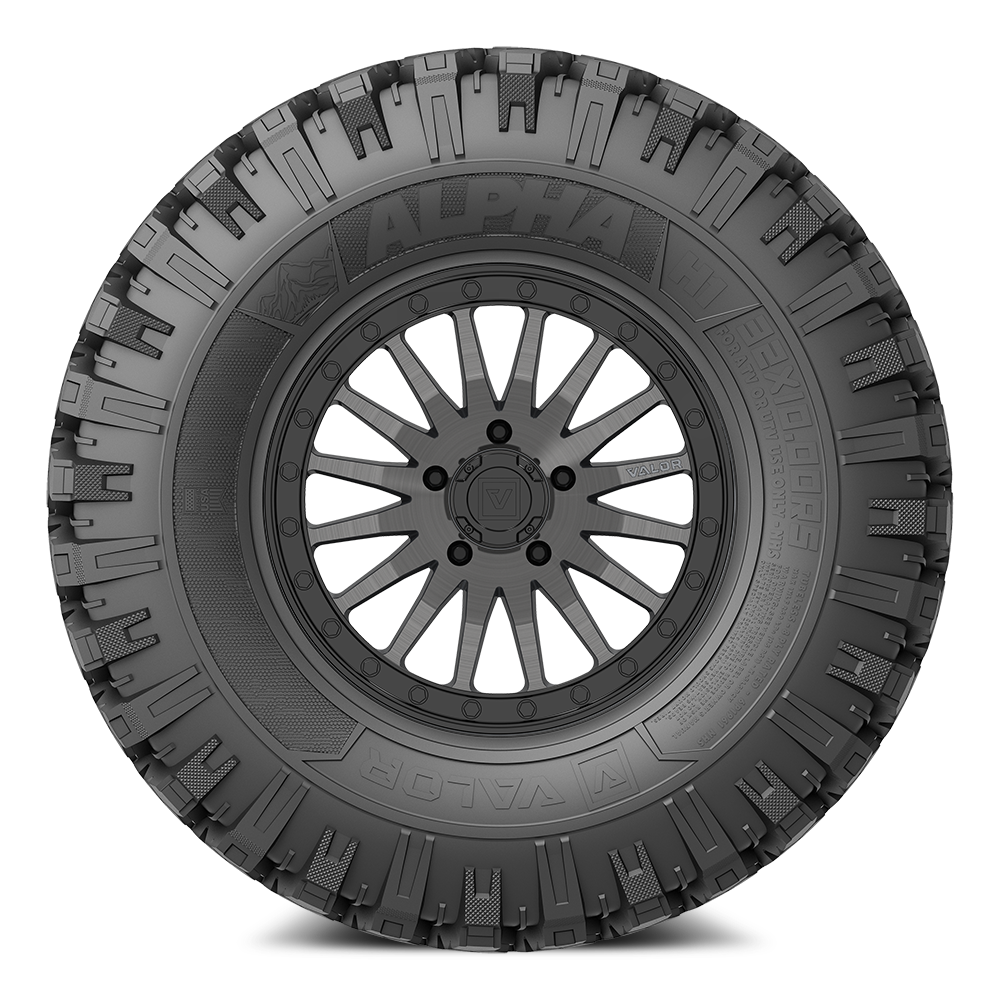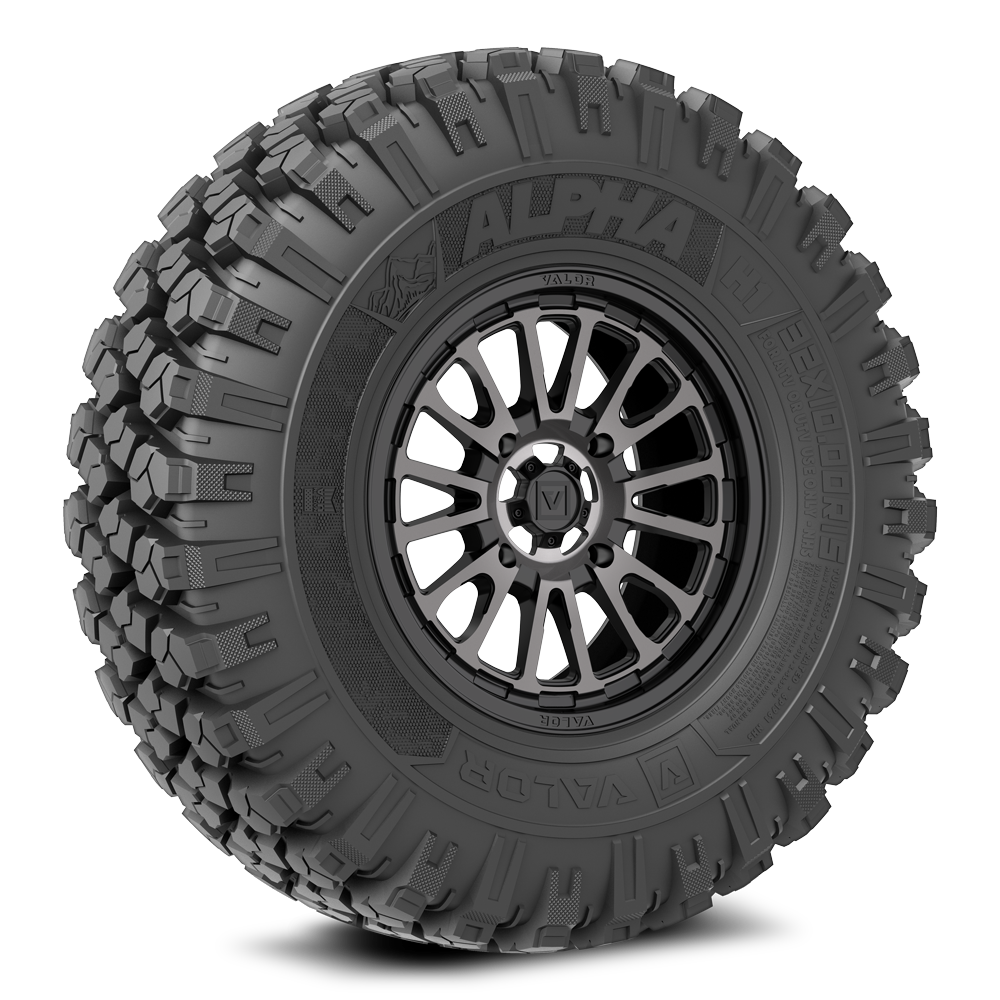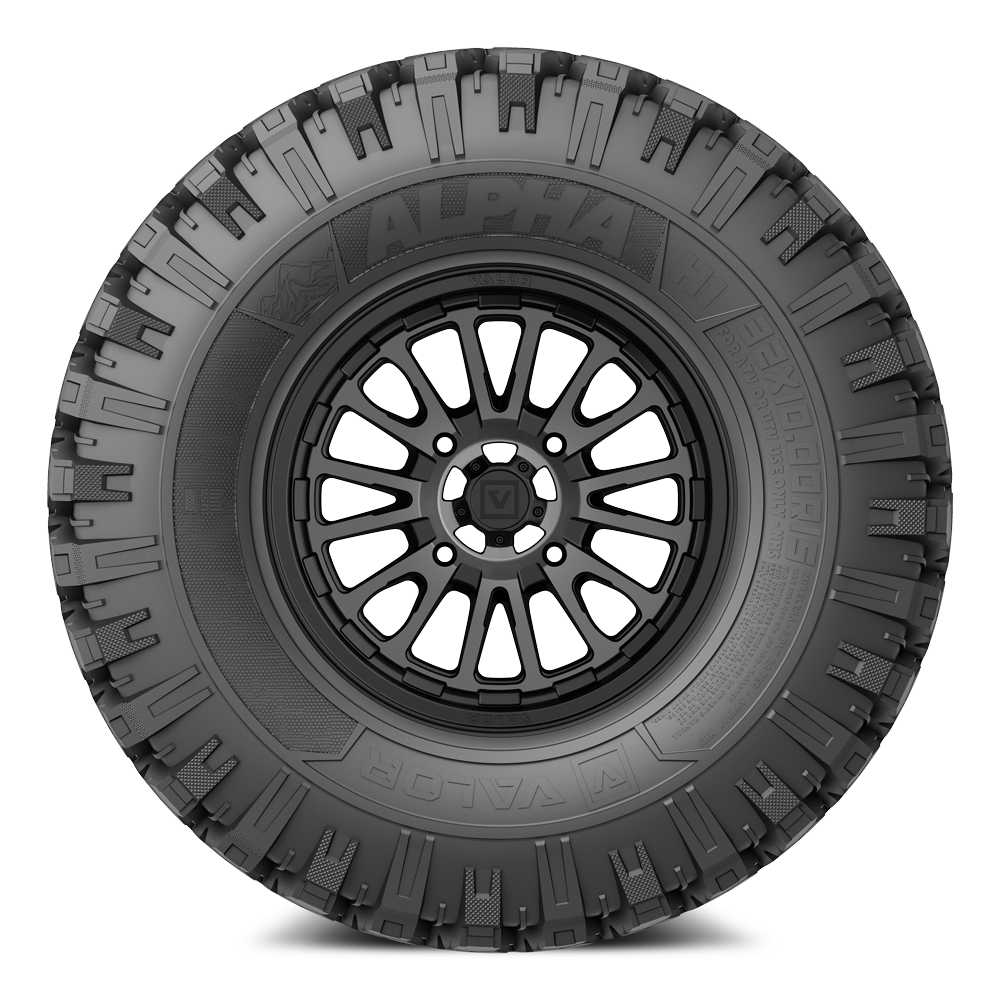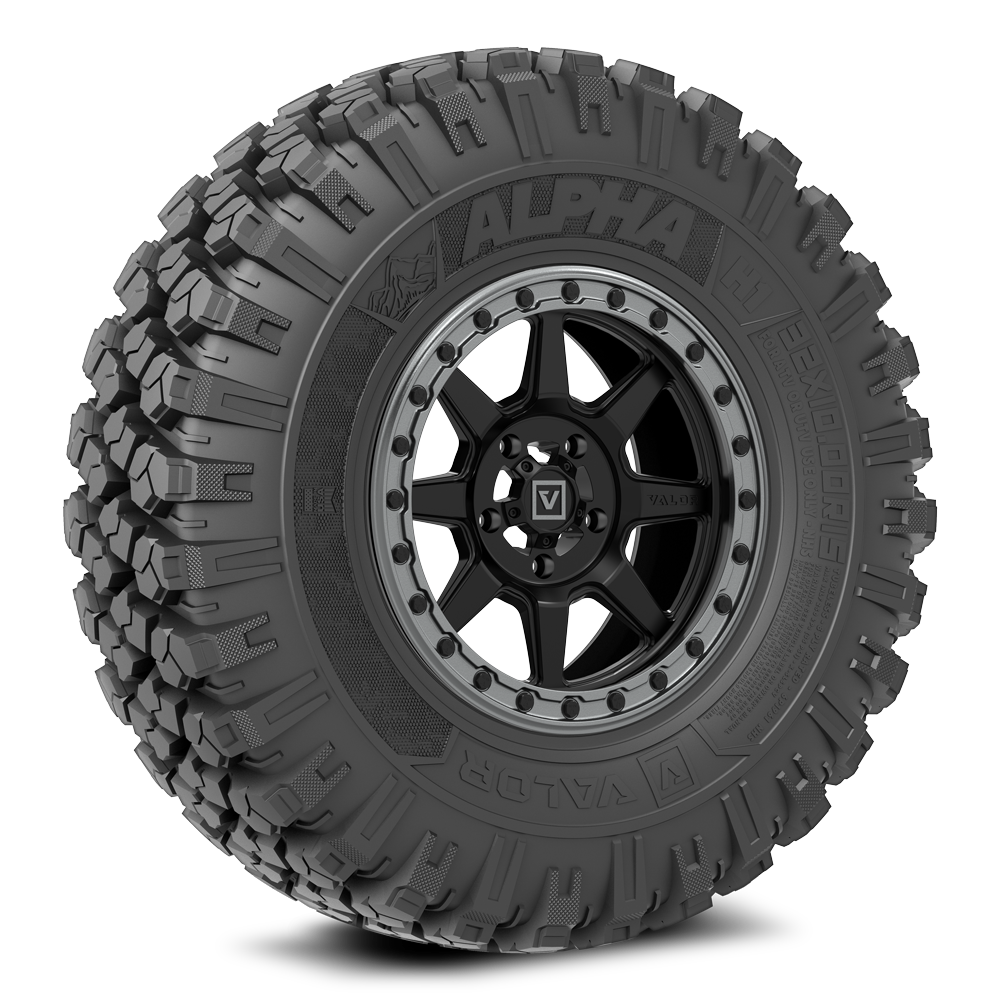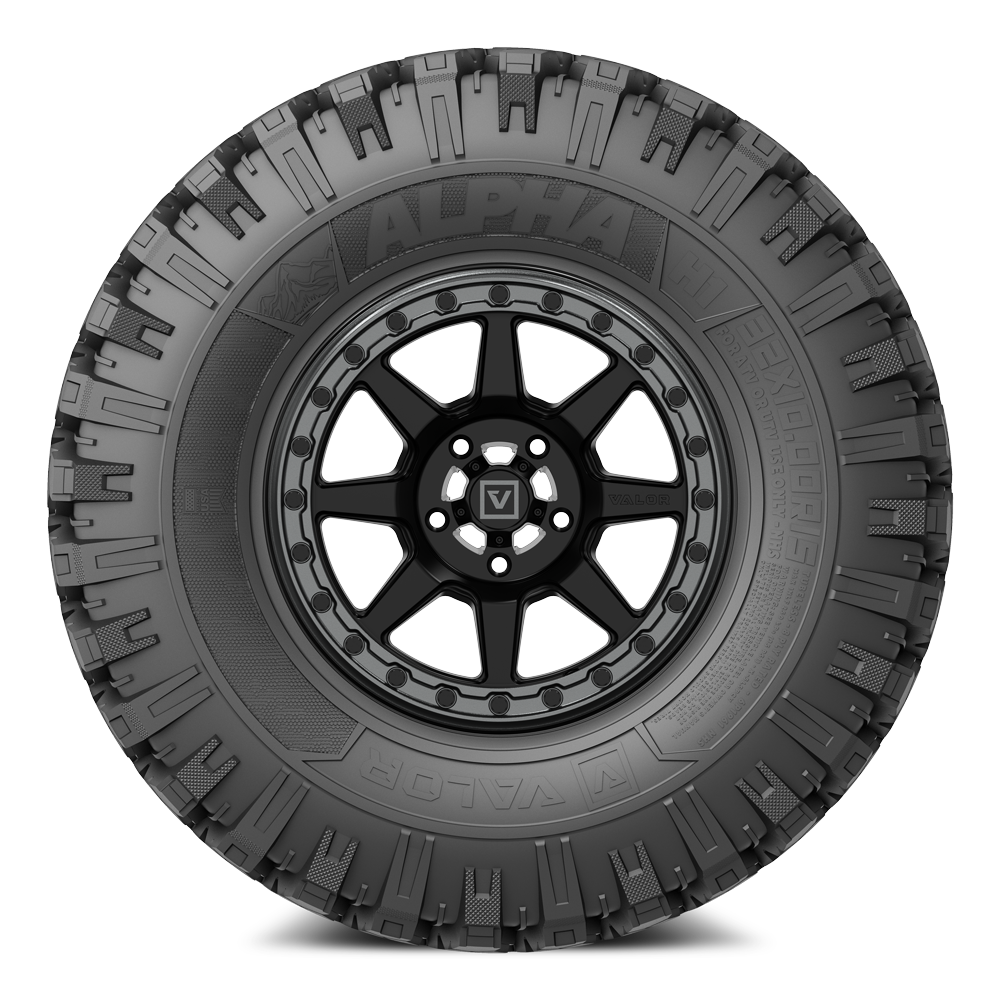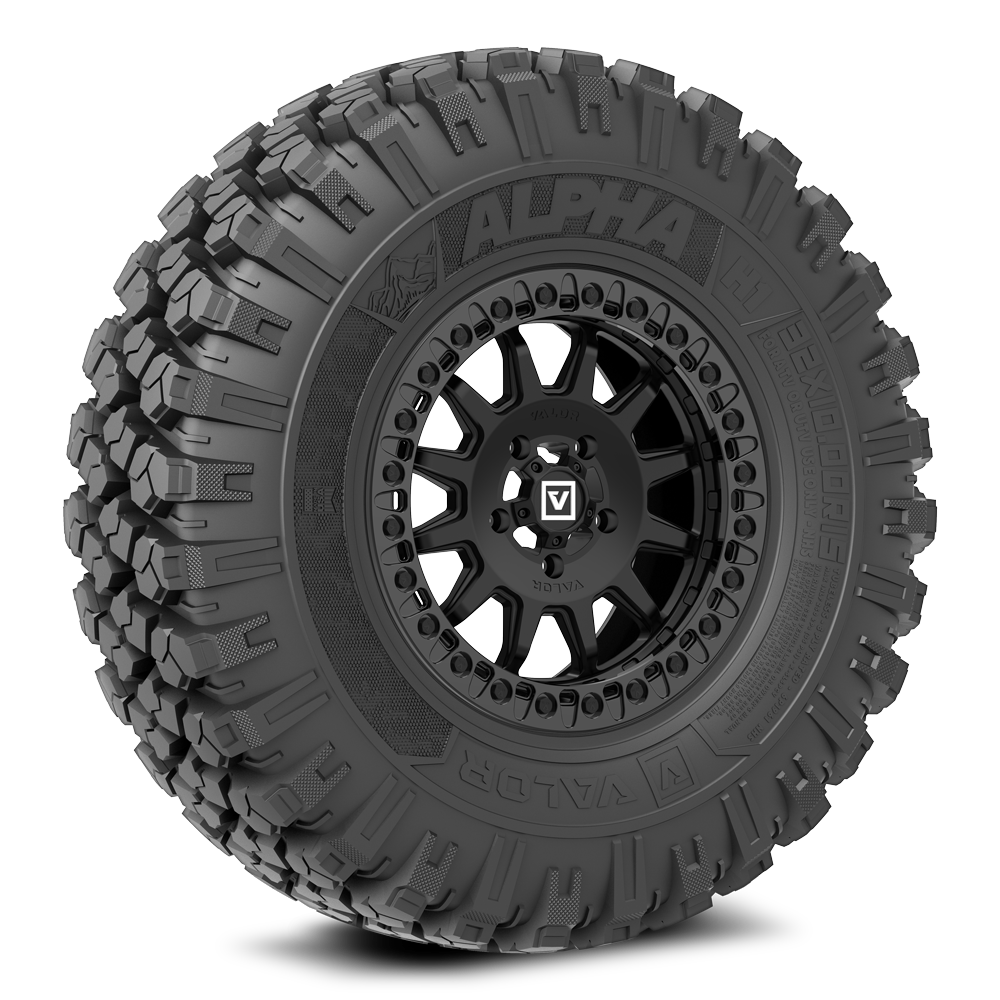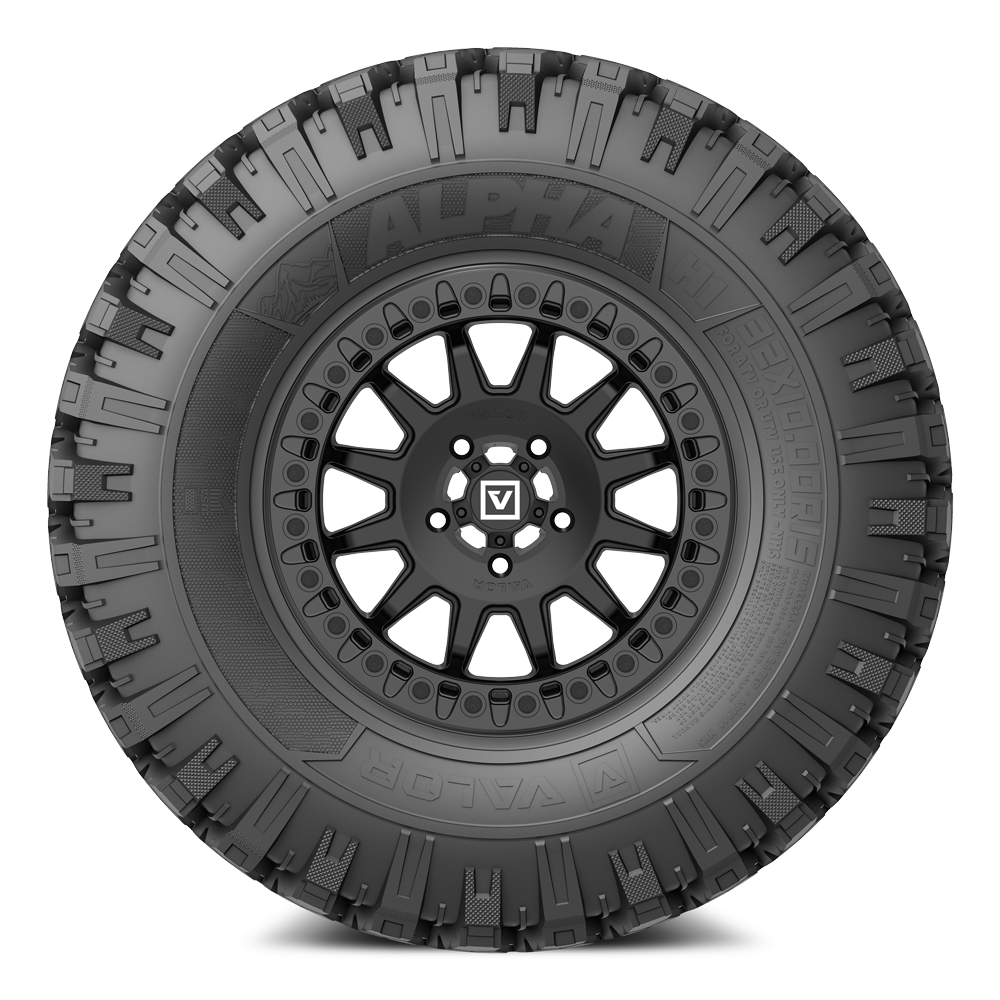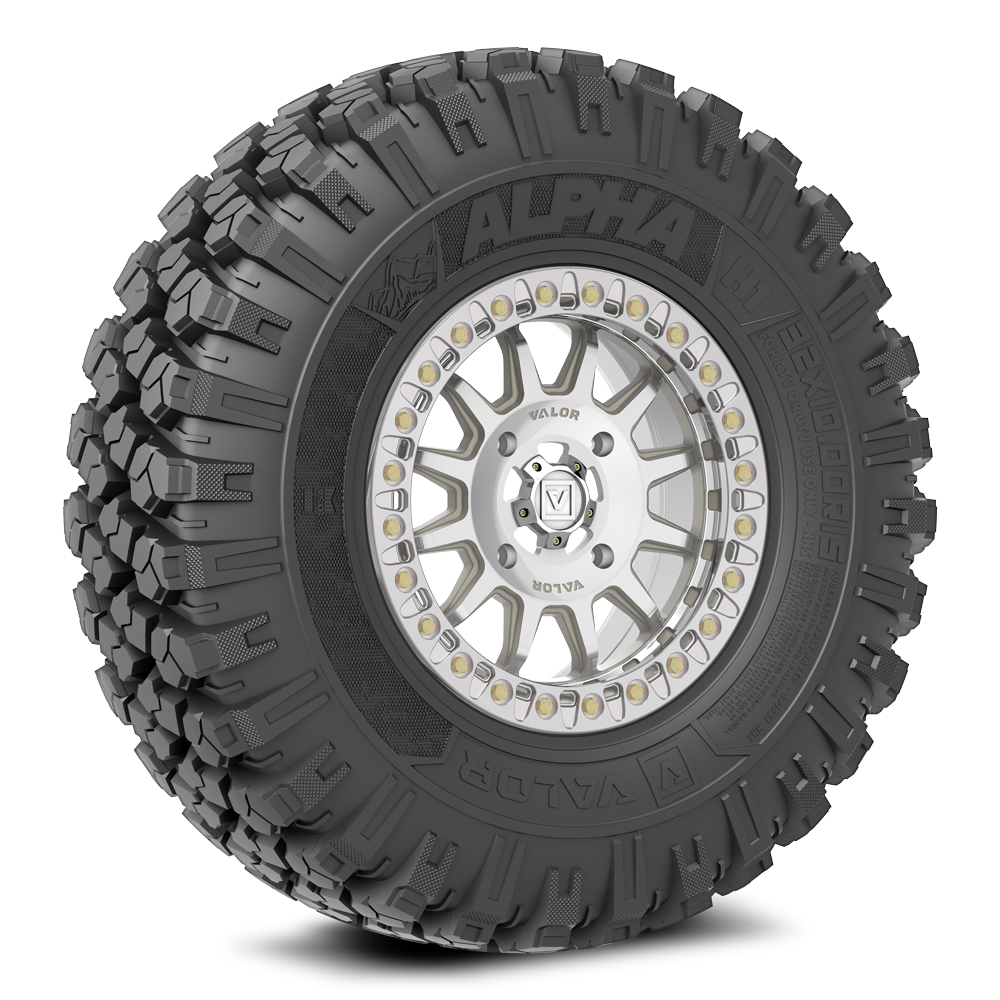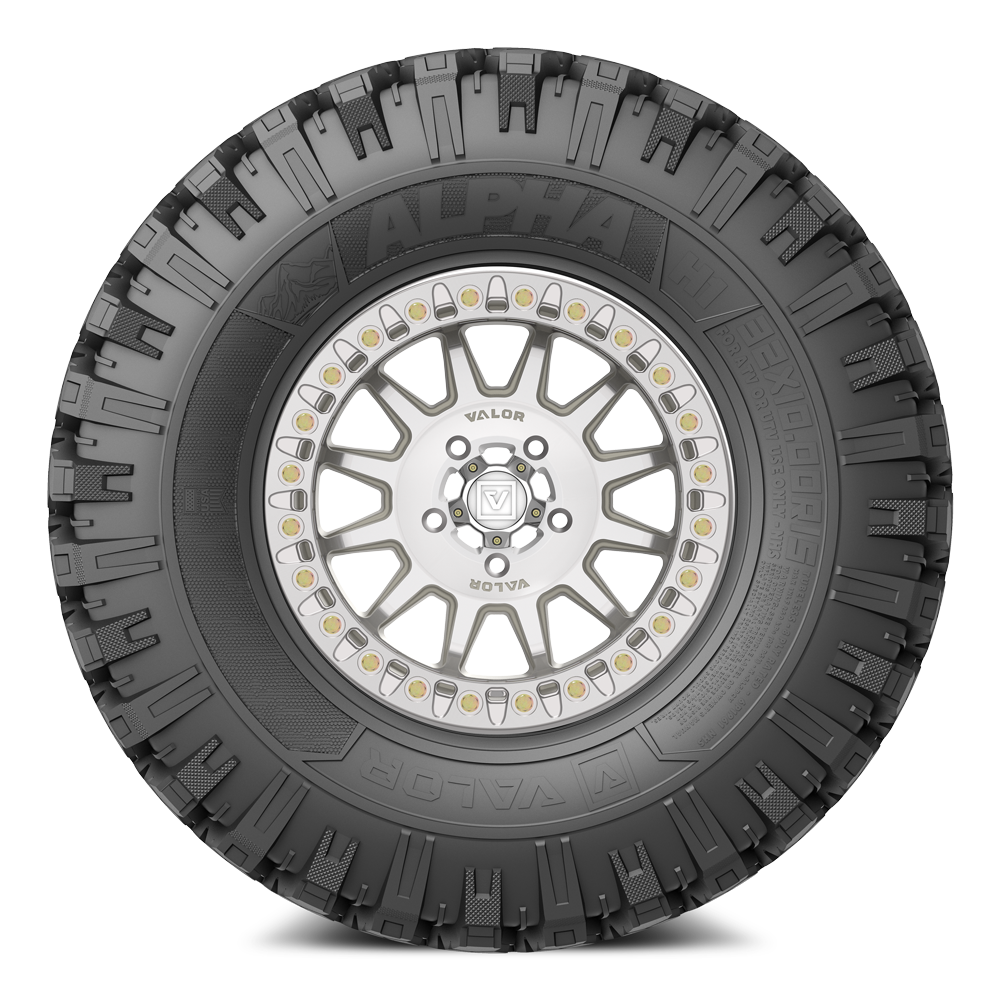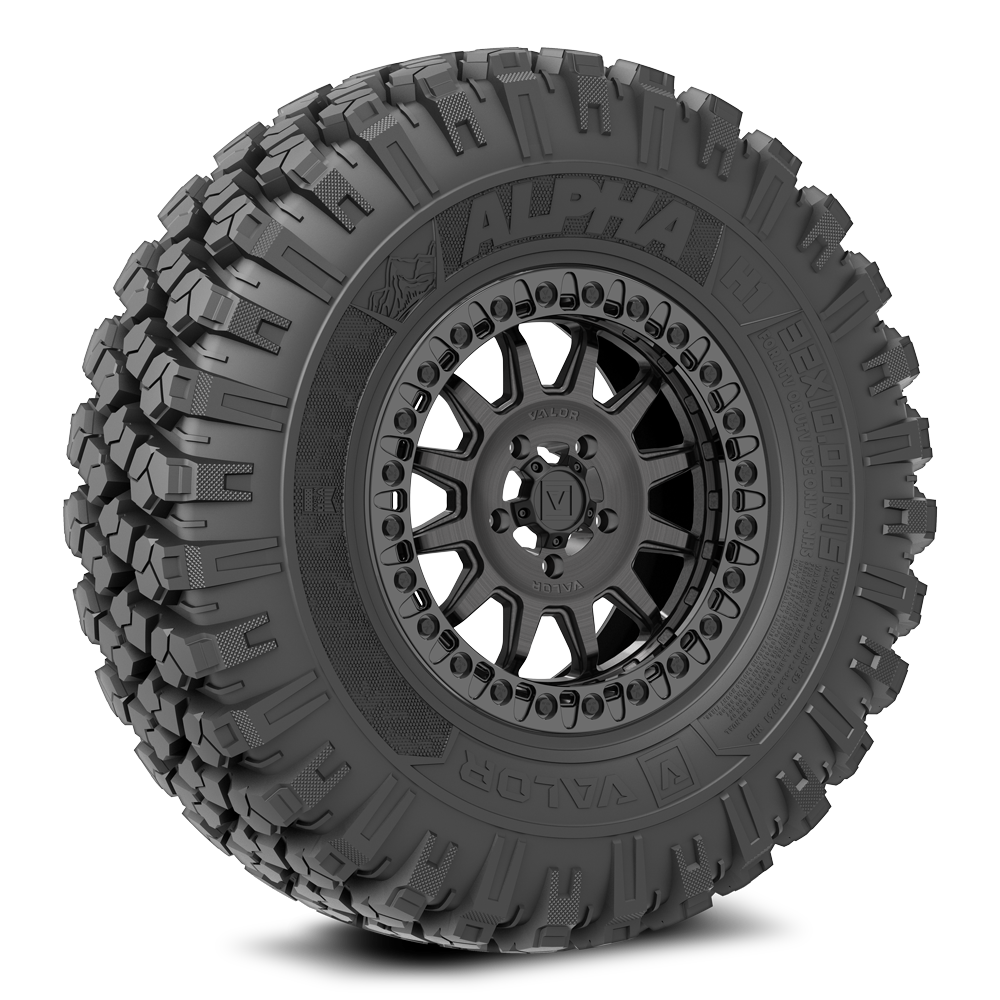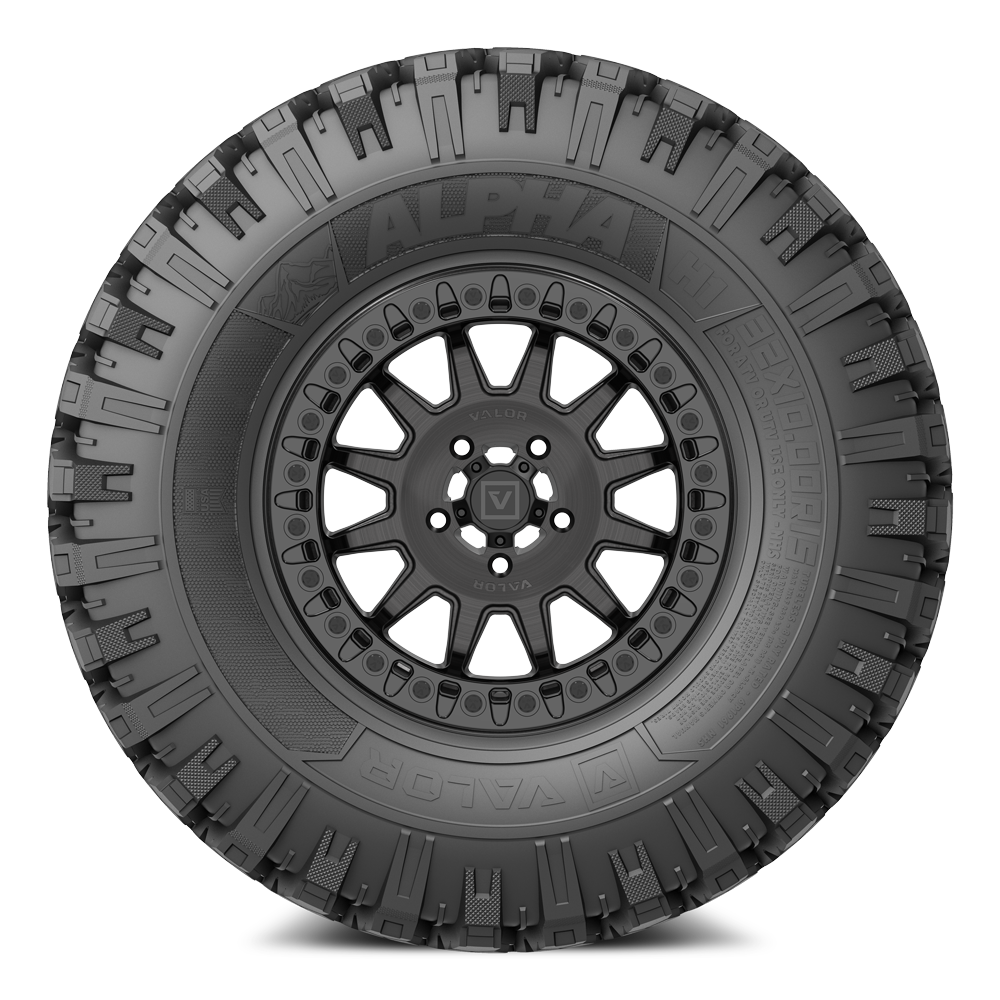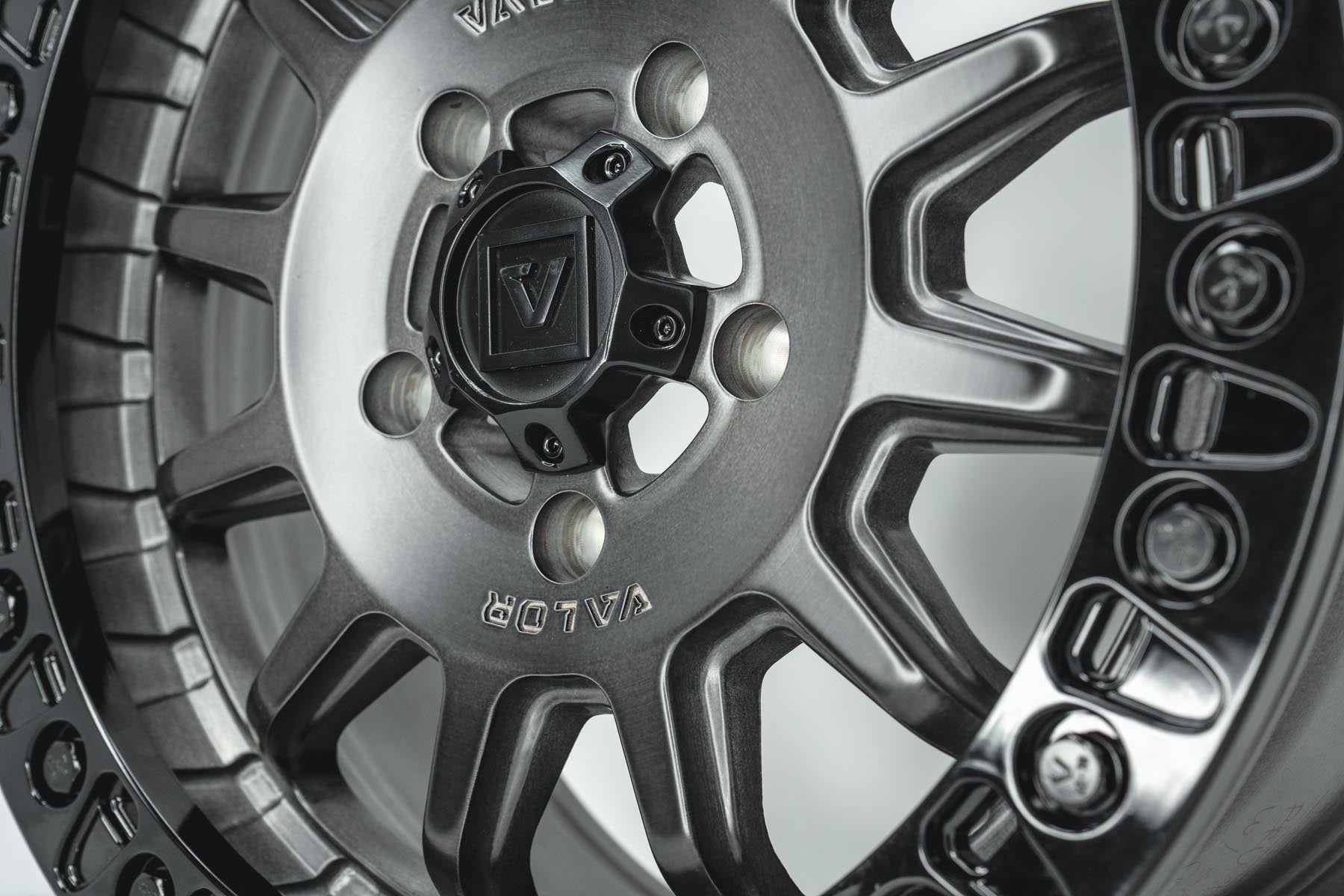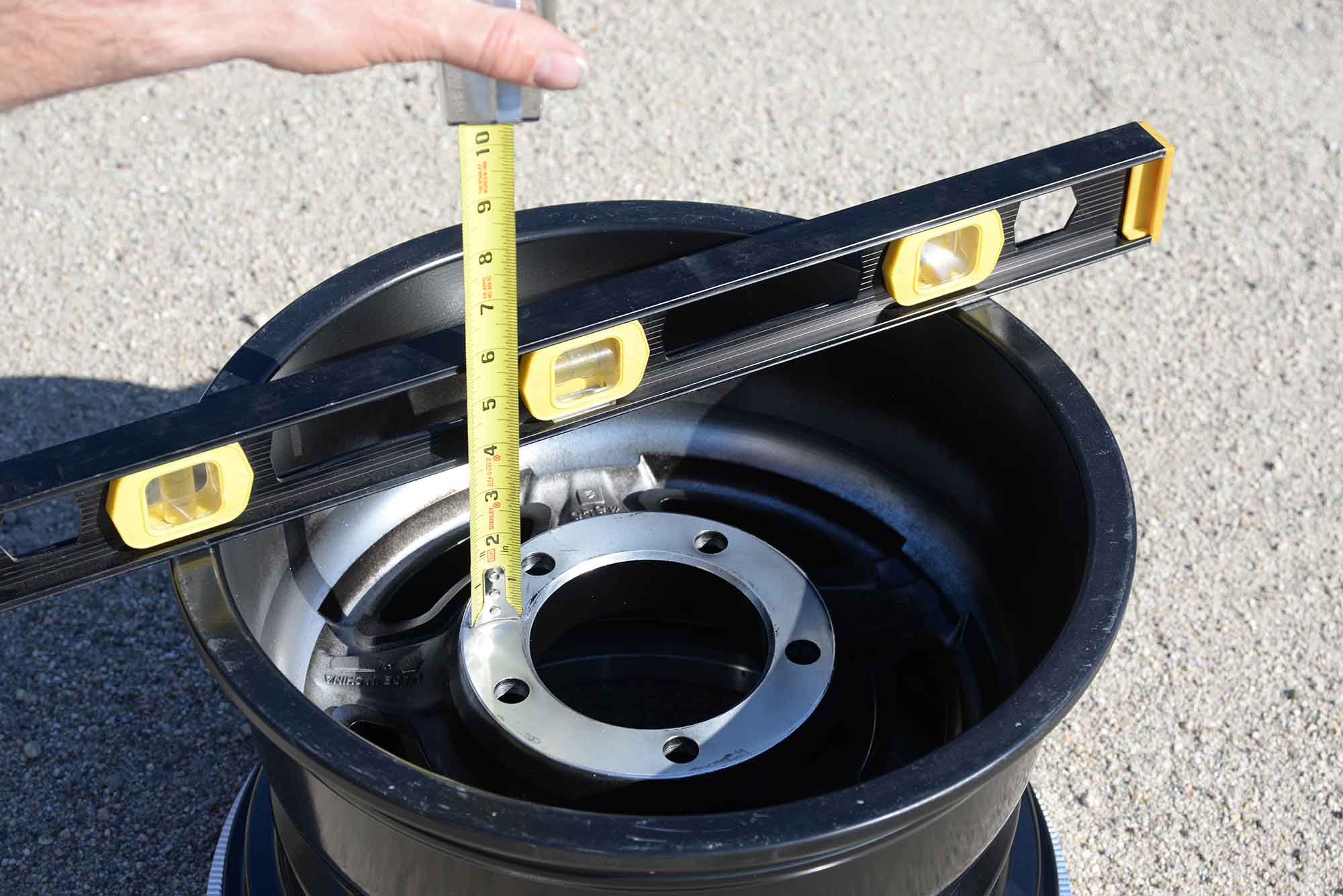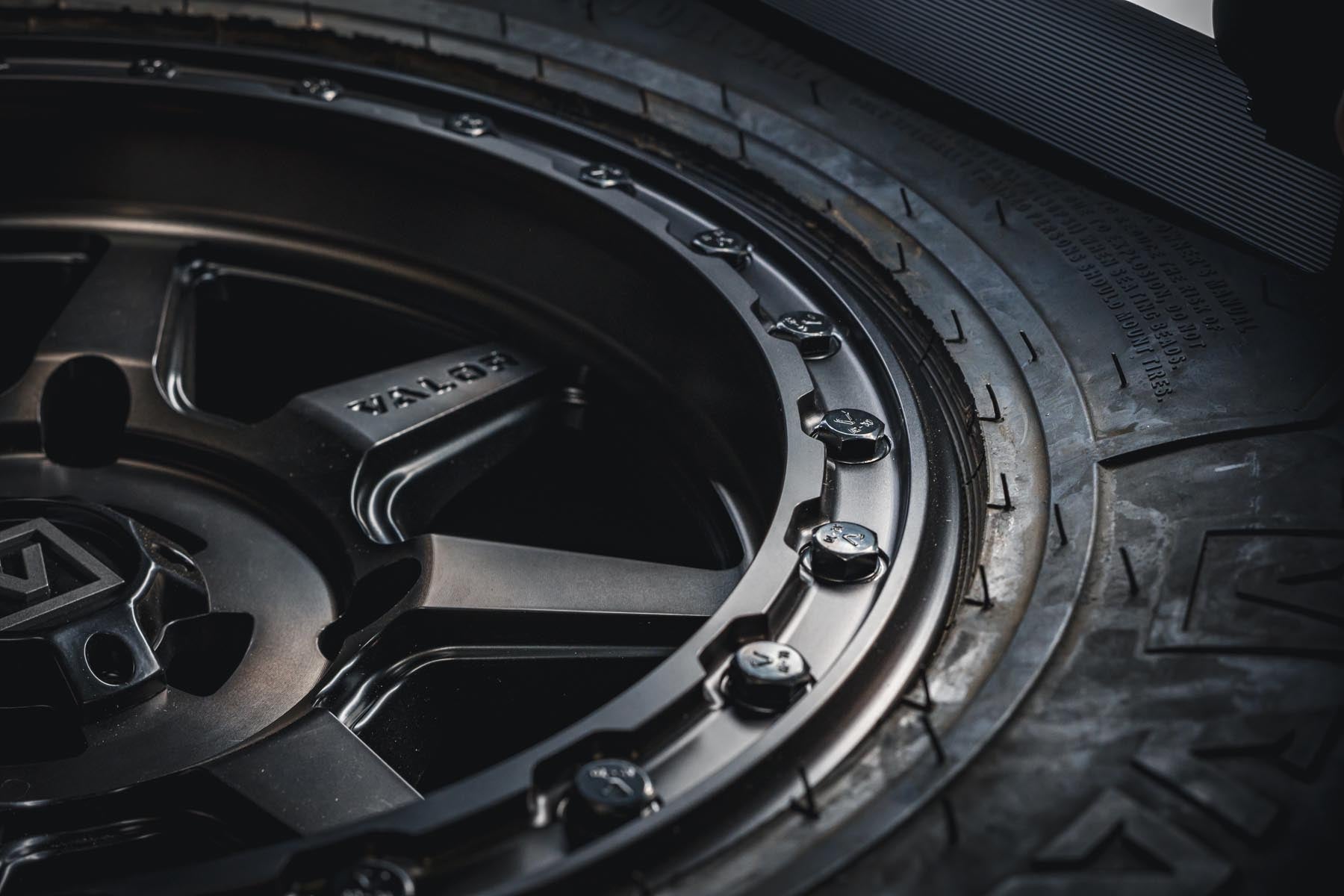Looking to pick up a new toy this year? We've put together a checklist of what to look for when purchasing a new or used machine as well as a deep dive into what vehicle is best for you.
Let's dig in
First, let's discuss what a powersport vehicle actually is. Powersports is a subset of Motorsports which include motorcycles, UTVs (Utility Task Vehicle), ATVs (All Terrain Vehicle), snowmobiles, personal water craft or scooters. The defining feature on a powersports vehicle is the use of an engine. No engine? More than likely not a powersports vehicle.
We're here to discuss the main differences between an ATV and a UTV, and dive deeper into the subsets within each category that make them unique.
ATV - All Terrain Vehicle
Generally speaking, an ATV comes standard four wheels, straddle/motorcycle-style seating and handlebar steering. While two-person models are out there, a typical ATV accommodates a single rider. Also known as quads or four-wheelers, ATV’s are generally much smaller than UTVs, and more physically intensive to operate because you use more of your body to steer and control.
ATVs are generally easier to transport long-distance than UTVs, given they’ll fit in the beds of most full-size pickups and many standard trailers. An ATV is quicker to hop on and off, which can be an advantage when doing certain jobs out in the field. They’re also narrower, which means you can slip through tight gates, narrow trails and other obstacles that bar UTV entry. While larger utility side-by-sides deliver more space and capacity for hauling, utility ATVs have plenty to offer with their cargo racks and towing capabilities. If additional hauling capacity is needed, trailers can be utilized to make up for the lack of a utility bed on an ATV.
UTVs - Utility Task Vehicle
Also referred to as a Side-by-Side, a UTV has four to six wheels and bench or bucket seating with seatbelts for up to six passengers. The UTV driver operates the vehicle similarly to a traditional automotive vehicle with a steering wheel and foot pedals. One of the clearest differences between an ATV and a UTV is that all UTVs have a protective roll cage for improved protection and safety for both driver and passenger(s).
People gravitate toward UTVs for many reasons and many purposes. Recreational off-roaders can access a wide variety of trails with a Side-by-Side, including more restricted routes off-limits to full-size vehicles like Jeeps. Hunters appreciate both the UTV’s ability to tackle primitive trails and rugged terrain as well as its hauling ability, which is also the main attraction for many farmers, ranchers, and others in need of plenty of cargo capacity and payload.
DEEPER DIVE
Now that we've covered the basics of what make each vehicle a great choice depending on your needs, let's go over the subsets of each and look at some of the unique characteristics that make a Sport ATV a very different vehicle than a Utility UTV.

Sport ATV
Buyers looking at Sport ATVs prefer compact, higher reving engines that like to go fast. The suspension will likely be stiffer than on stock Utility ATVs, but good Sport ATVs offer fully adjustable suspension so you can set it up suit the type of riding you like to do. Both Polaris and Can-Am offer a modern take on Sport ATVs. More powerful and heavier than the traditional Sport quads, the Polaris Scrambler and Can-Am Renegade benefit from four-wheel drive so they are better suited to playing in the rocks and mud.

Utility ATV
Utility ATVs can be a huge help on the jobsite or farm, but they can make for fantastic trail machines when the work is done. Utility ATVs also give you the ability to carry gear hundreds of pounds of gear on the front and rear racks and the ability to tow up to 1500 pounds or even more via receiver hitch in the rear. You can also find some models from Polaris, Can-Am and Kawasaki with a rear passenger seat. And if you really need to get some work done, you can find some six-wheel drive models, along with a couple of ATVs with a cargo bed in place of a rear rack.

Sport UTV
You can find Sport UTVs with single row seating for two or dual row seating for four. There are Sport UTVs designed for specific purposes like the 50-inch wide models designed for tighter trails or a massive 76-inch wide machine for pure speed and handling performance. If speed is what you want, a Sport UTV is for you. Examples of Sport UTVs are the Polaris RZR Turbo S, Polaris RZR Turbo R, Polaris RZR Pro R, Kawasaki KRX, CFMoto ZForce, Segway Villain, Can-Am Maverick X3, and Can-Am Maverick R

Utility UTV
Designed to be put to work, you can still take these out for a little fun. There will be potential limitations due to vehicle size and limited suspension set ups that can affect performance. The biggest Utility UTVs can carry 1000+ pounds or more in their dumping cargo beds and tow another 2000 or 2500 pounds out back. This style of UTV can also carry as many as six people. Example of Utility UTVs are Polaris Ranger XP 1000, Polaris Ranger XD 1500, Kawasaki Ridge, Can-Am Defender, CFMoto UForce

Sport Utility UTV
If you are looking to combine the joy of off-roading with friends and doing some work around the property, a Sport-Utility UTV is an excellent solution.
This is a newer class of powersport vehicle, however there are already plenty of options. These machines can still hold hundreds of pounds of gear in their rear cargo beds and some tow 1500+ pounds out back, but they also have excellent trail manners and adjustable suspensions. They aren’t quite as sporty as the pure Sport UTVs, but they can certainly keep up. This is the category that is likely to appeal to largest group of people, as it truly offers the best of both worlds. Example os Sport Utility UTVs are Polaris XP General, and Can-Am Commander.

Now You're Ready to Buy
You know what make and model you want, now comes the even harder part of making sure the vehicle was properly setup (if buying new) or taken care of (if buying used). Here are a few pointers to follow regardless of who you're purchasing from.
Always Test Drive
We recommend sitting in (and test driving) a handful of makes and models from the subset above before making a final decision. New or used, the below list will always apply. Never rush the process of buying a new vehicle, especially a UTV or ATV.
Be wary of the following seven S’s:
- Stopping. Of the many parts and functions of your side-by-side vehicle, the brakes are one of the most important. The pedal should feel firm. Else, you’re going to be in for some repairs.
- Starting. When you turn on the UTV, it should immediately burst into life. Be worried when the engine takes a long time to start, as this could mean a weak battery.
- Stability. While you’re on your side-by-side, it should feel stable enough. The ride should feel straight and tight. Most of all that you’ve got good control over the vehicle. When you don’t feel this confident, it can mean that you’re in for potential issues in the suspension.
- Smoke. When the engine is running, you shouldn’t see a lot of smoke coming from the exhaust.
- Speed. UTVs are generally made to be vehicles with high power. If the speed isn’t translated well into your vehicle’s performance, then you should move on and choose another one instead.
- Slippage. The CVT belt shouldn’t feel like it’s slipping. Best case scenario, the vehicle might just need a new belt. This can also be a telltale sign of clutching issues that can be an expensive problem to fix.
Check the Drive Line
- Focus on the CV boots and axles when walking around the vehicle. These comprise the driveline of your UTV.
- When you take out for a test drive, focus on what you hear. You shouldn't hear any abnormal noise(s) coming from your driveline.
- The CV boots shouldn’t be torn or cracked.
- If the used UTV you’re looking to buy has been modified from stock, check to see if the axles were replaced. If not, you may consider this one of the first replacements/upgrades you make.
Be wary of deceptive sellers
Here are some tips to spot a deceptive seller:
- Talk, talk, talk. The only way for you to get to know a seller deeper is to talk more. Ask a lot of questions, and try to fish out for other information. If your gut feeling tells you that the seller is withholding a lot of other details, find a new seller.
- If used, ask why they’re selling. You don’t want to bring home somebody else’s problem, especially when you’ve paid a hefty sum of money for it.
Check fluid levels
- Check Oil. A simple way for you to do this is to take out the oil dipstick. Then, sniff it. If the oil smells terrible despite it looking fresh and new, then that could mean a major engine issue. If you bring home that UTV, you’re in for some serious repairs. Choose another vehicle instead. If you’re not well versed with how oil is supposed to look like, it can also help to have an expert mechanic by your side.
- Coolant Levels. The coolant should be on a consistent orange or green color. Note that this plays a significant role in the overall function of your UTV, as the coolant acts as a lubricant to prevent corrosion in the motor. When this is replaced by tap water, you’re in for some serious trouble.
- Check the Gas Tank. Especially when you’re buying used, it is essential to check the gas tank. Give the gas tank a quick smell. If it smells rancid, you may be looking at a potential issue.
Inspect the tires/wheels
When you’re buying new, inspecting the utv tires shouldn’t be much of a problem because more than likely they have less than 10 miles on them. With a used machine however, if the tires look worn, you may consider asking for a lower price to offset new tires.
Take a few minutes to see what kind of condition the utv wheels are in. Do you see rust? That means the wheels are not aluminum and you're going to need to replace them (especially in humid climates). So you see any visible cracks, gouges or missing material/caps?
If your plan is to swap out the wheels and tires immediately for something more custom, make sure you keep this in mind for your overall budget when discussing final price. Most dealers have a great selection of new wheels and tires you may be able to have installed for free and rolled into price/payment.
Inspect the frame
The frame of the UTV refers to its body and the cage-like structure. Before you decide on a final purchase, you need to give the frame a thorough inspection. Remember that the frame is the main point of protection for you.
When checking the frame, be wary of the following:
- Possible hidden cracks or awkward bends.
- Fresh plastics and body panels that may be concealing serious problems
- Rusty mounting points

Additional things to consider
- Seating (how many do you need?), are the seats comfortable? Are they heated?
- Instrument & display configuration
- Blinds spots (every UTV has at least one)
- Storage
- Sun protection (does it have a roof?)
- If it still under warranty?
- Get a list of modifications done and the shop that did them. Consider verifying if the shop is reputable.
- Was electrical work done by a reputable shop or in owners garage? An electrical fire in the middle of no where never ends well.

